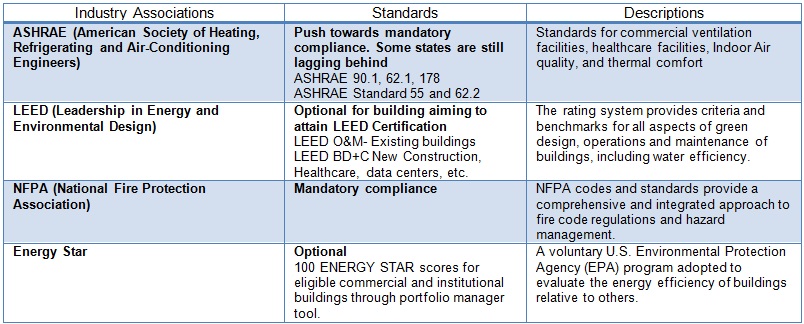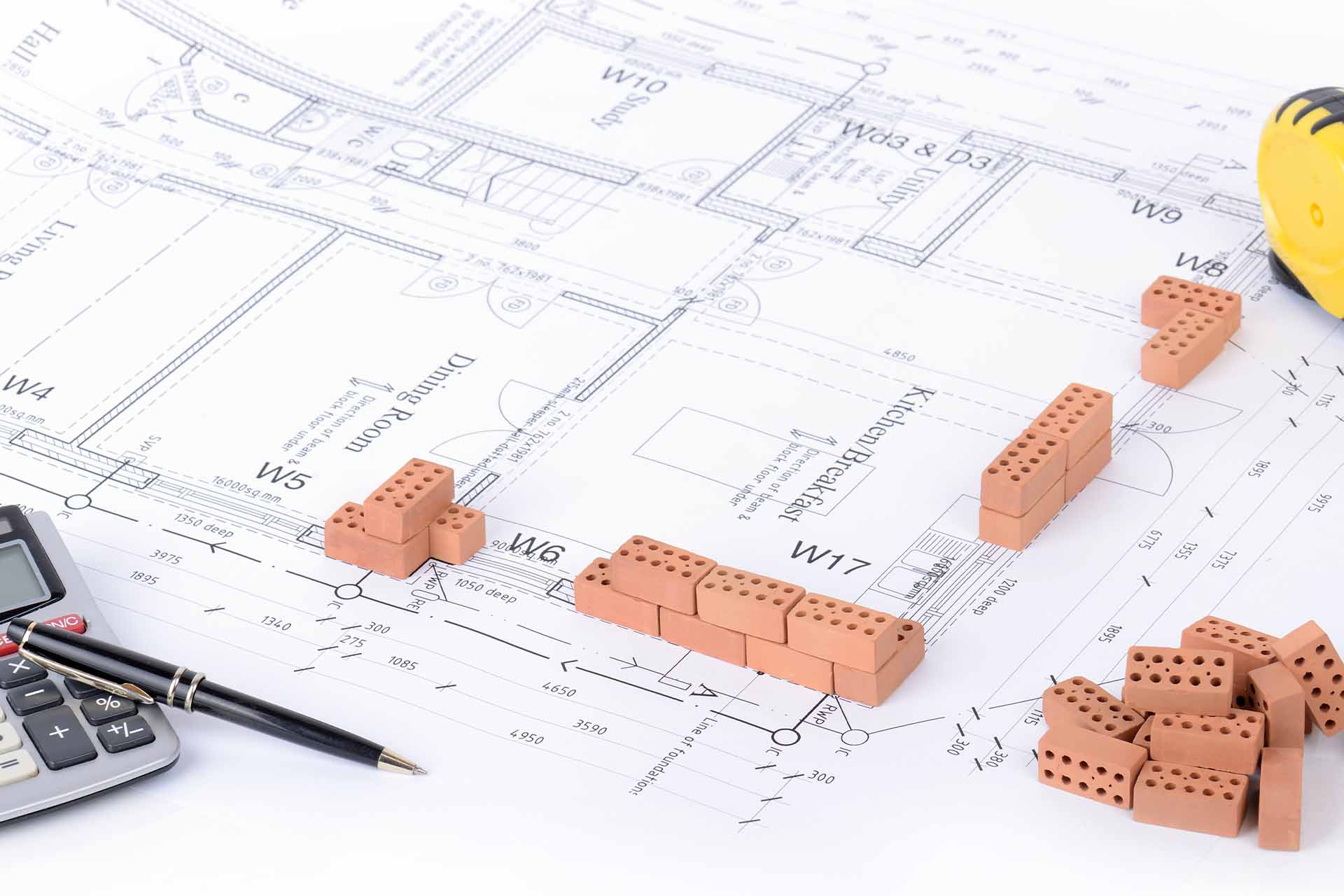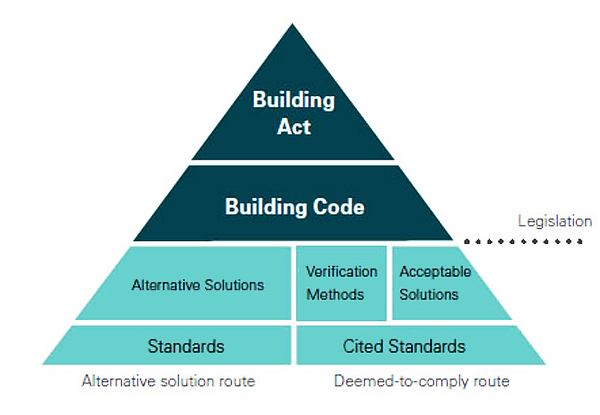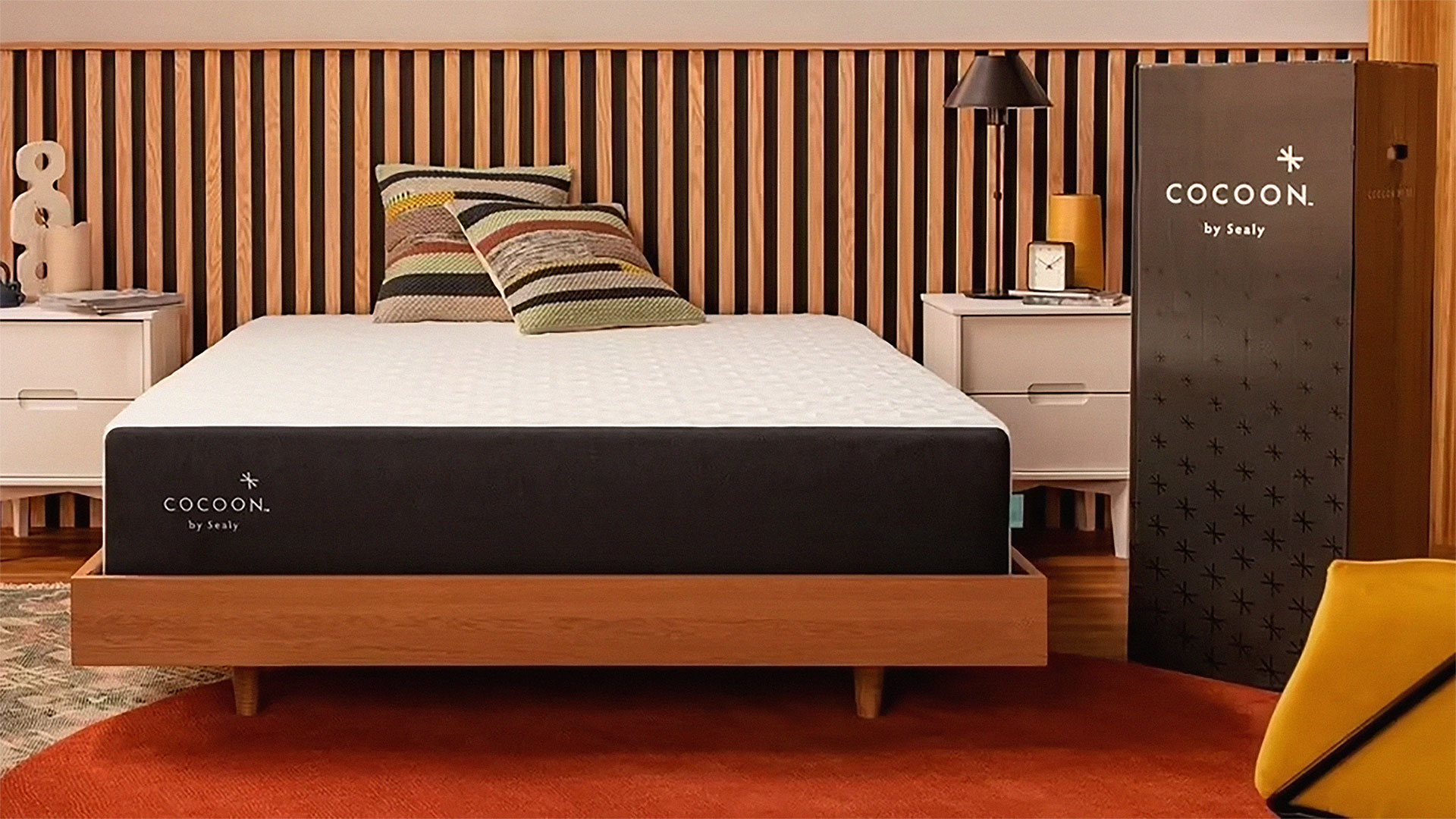Space and Layout
When it comes to kitchen planning and design, one of the main factors to consider is the available space and the desired layout. This includes the size and shape of the kitchen, as well as the placement of key elements such as the sink, stove, and refrigerator. The layout of a kitchen can greatly impact its functionality and efficiency, so it's important to carefully plan and consider all options.
Functionality and Efficiency
A well-designed kitchen should not only look good, but also be highly functional and efficient. This means that everything should be easily accessible and within reach, making the cooking and cleaning process easier and more enjoyable. The functionality of a kitchen is determined by its layout, as well as the placement of appliances, storage, and work surfaces. An efficient kitchen saves time, energy, and frustration in the long run.
Budget and Cost
Setting a budget and considering the cost of materials and labor is a crucial step in kitchen planning and design. It's important to determine what you can afford and prioritize where to allocate your budget. This may mean compromising on certain features or materials, but it's important to stay within your means to avoid any financial strain. Budget and cost also play a role in the decision-making process when it comes to selecting appliances, finishes, and other elements for your kitchen.
Style and Aesthetics
For many homeowners, the style and aesthetics of their kitchen is a top priority. This includes the overall look and feel of the space, as well as the finishes, colors, and materials used. Whether you prefer a modern, minimalist look or a cozy, traditional feel, the style of your kitchen should reflect your personal taste and complement the rest of your home's design.
Appliances and Equipment
No kitchen is complete without the necessary appliances and equipment. From refrigerators and ovens to dishwashers and microwaves, these appliances play a crucial role in the functionality and efficiency of a kitchen. When planning and designing your kitchen, consider the size, placement, and features of these appliances to ensure they fit seamlessly into your space and meet your cooking needs.
Storage and Organization
Having adequate storage and organization in a kitchen is essential for keeping the space clutter-free and functional. This includes cabinets, drawers, and shelves to store cookware, utensils, and food items. Storage solutions, such as pull-out shelves and built-in organizers, can also greatly improve the efficiency of a kitchen. When designing your kitchen, think about your storage needs and how you can maximize space and keep everything organized.
Lighting and Ventilation
Proper lighting and ventilation are often overlooked in kitchen planning and design, but they play a crucial role in the overall functionality and atmosphere of the space. Good lighting is important for cooking and food preparation, while proper ventilation helps to eliminate cooking odors and keep the air fresh and clean. When designing your kitchen, consider the placement of windows, lighting fixtures, and ventilation systems to ensure a well-lit and well-ventilated space.
Accessibility and Universal Design
Accessibility and universal design are becoming increasingly important in kitchen planning and design. This means creating a space that is accessible and functional for people of all ages and abilities. This may include features such as lower countertops, easy-to-reach appliances, and wider pathways for wheelchairs. Accessibility and universal design not only make a kitchen more user-friendly, but they also add value to a home.
Environmental Impact
In today's world, it's important to consider the environmental impact of our choices, even in kitchen planning and design. This can include using eco-friendly materials and appliances, as well as incorporating energy-efficient lighting and ventilation systems. Environmental considerations can also play a role in the layout and design of a kitchen, such as maximizing natural light to reduce the need for artificial lighting.
Building Codes and Regulations
Lastly, it's important to be aware of building codes and regulations when planning and designing a kitchen. These codes and regulations dictate things such as the minimum size of a kitchen, the placement of electrical outlets, and the types of materials that can be used. It's important to follow these guidelines to ensure the safety and legality of your kitchen. Building codes and regulations may vary depending on your location, so be sure to research and consult with professionals when designing your kitchen.
The Role of Technology in Kitchen Planning and Design
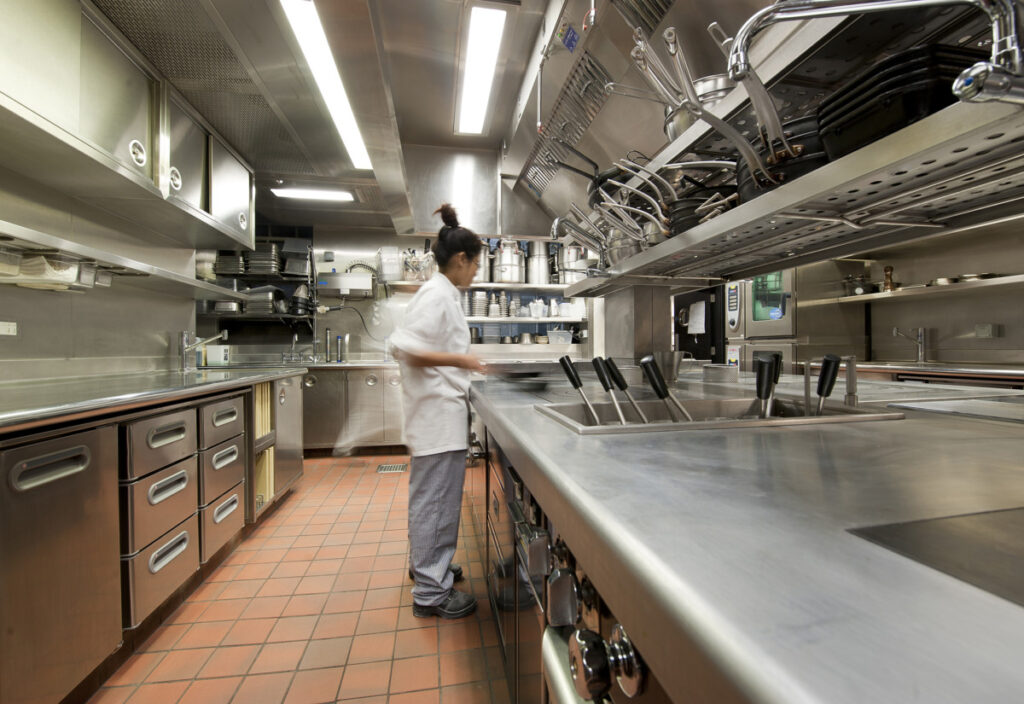
Innovative Solutions for Efficient and Aesthetically Pleasing Kitchens
 In addition to the traditional methods of kitchen planning and design, technology has become an increasingly important factor in creating functional and visually appealing kitchens. With the advancement of technology, homeowners now have access to a wide range of innovative solutions that can greatly influence the overall design and layout of their kitchen.
One major factor that technology has impacted is
efficiency
in the kitchen. With the rise of smart appliances, homeowners can now streamline their cooking and cleaning processes, making their kitchen tasks more time and energy efficient. From induction cooktops that heat up quickly and save on energy, to dishwashers that can be operated remotely, technology has transformed the way we use and interact with our kitchen appliances.
Moreover, technology has also greatly influenced the
aesthetic
of kitchens. Homeowners now have access to a variety of design software and apps that allow them to experiment with different layouts, color schemes, and materials before making any physical changes to their kitchen. This not only saves time and money, but also ensures that the final design meets the homeowner's vision and needs.
Another major factor influenced by technology is
storage
in the kitchen. With the rise of compact living spaces, maximizing storage space has become a top priority for many homeowners. Technology has introduced innovative solutions such as pull-out shelves, corner drawers, and hidden storage compartments, making it easier to keep a clutter-free and organized kitchen.
In addition, technology has also had a significant impact on
sustainability
in kitchen planning and design. With the growing concern for the environment, many homeowners are opting for eco-friendly materials and appliances in their kitchen. From energy-efficient appliances to sustainable materials such as bamboo or recycled glass, technology has made it easier for homeowners to create a more environmentally friendly kitchen.
In conclusion, technology plays a crucial role in kitchen planning and design, offering numerous benefits such as efficiency, aesthetics, storage, and sustainability. With the constant advancements in technology, the possibilities for creating a functional and visually appealing kitchen are endless. Homeowners should take advantage of these innovative solutions to create their dream kitchen that meets their unique needs and style.
In addition to the traditional methods of kitchen planning and design, technology has become an increasingly important factor in creating functional and visually appealing kitchens. With the advancement of technology, homeowners now have access to a wide range of innovative solutions that can greatly influence the overall design and layout of their kitchen.
One major factor that technology has impacted is
efficiency
in the kitchen. With the rise of smart appliances, homeowners can now streamline their cooking and cleaning processes, making their kitchen tasks more time and energy efficient. From induction cooktops that heat up quickly and save on energy, to dishwashers that can be operated remotely, technology has transformed the way we use and interact with our kitchen appliances.
Moreover, technology has also greatly influenced the
aesthetic
of kitchens. Homeowners now have access to a variety of design software and apps that allow them to experiment with different layouts, color schemes, and materials before making any physical changes to their kitchen. This not only saves time and money, but also ensures that the final design meets the homeowner's vision and needs.
Another major factor influenced by technology is
storage
in the kitchen. With the rise of compact living spaces, maximizing storage space has become a top priority for many homeowners. Technology has introduced innovative solutions such as pull-out shelves, corner drawers, and hidden storage compartments, making it easier to keep a clutter-free and organized kitchen.
In addition, technology has also had a significant impact on
sustainability
in kitchen planning and design. With the growing concern for the environment, many homeowners are opting for eco-friendly materials and appliances in their kitchen. From energy-efficient appliances to sustainable materials such as bamboo or recycled glass, technology has made it easier for homeowners to create a more environmentally friendly kitchen.
In conclusion, technology plays a crucial role in kitchen planning and design, offering numerous benefits such as efficiency, aesthetics, storage, and sustainability. With the constant advancements in technology, the possibilities for creating a functional and visually appealing kitchen are endless. Homeowners should take advantage of these innovative solutions to create their dream kitchen that meets their unique needs and style.
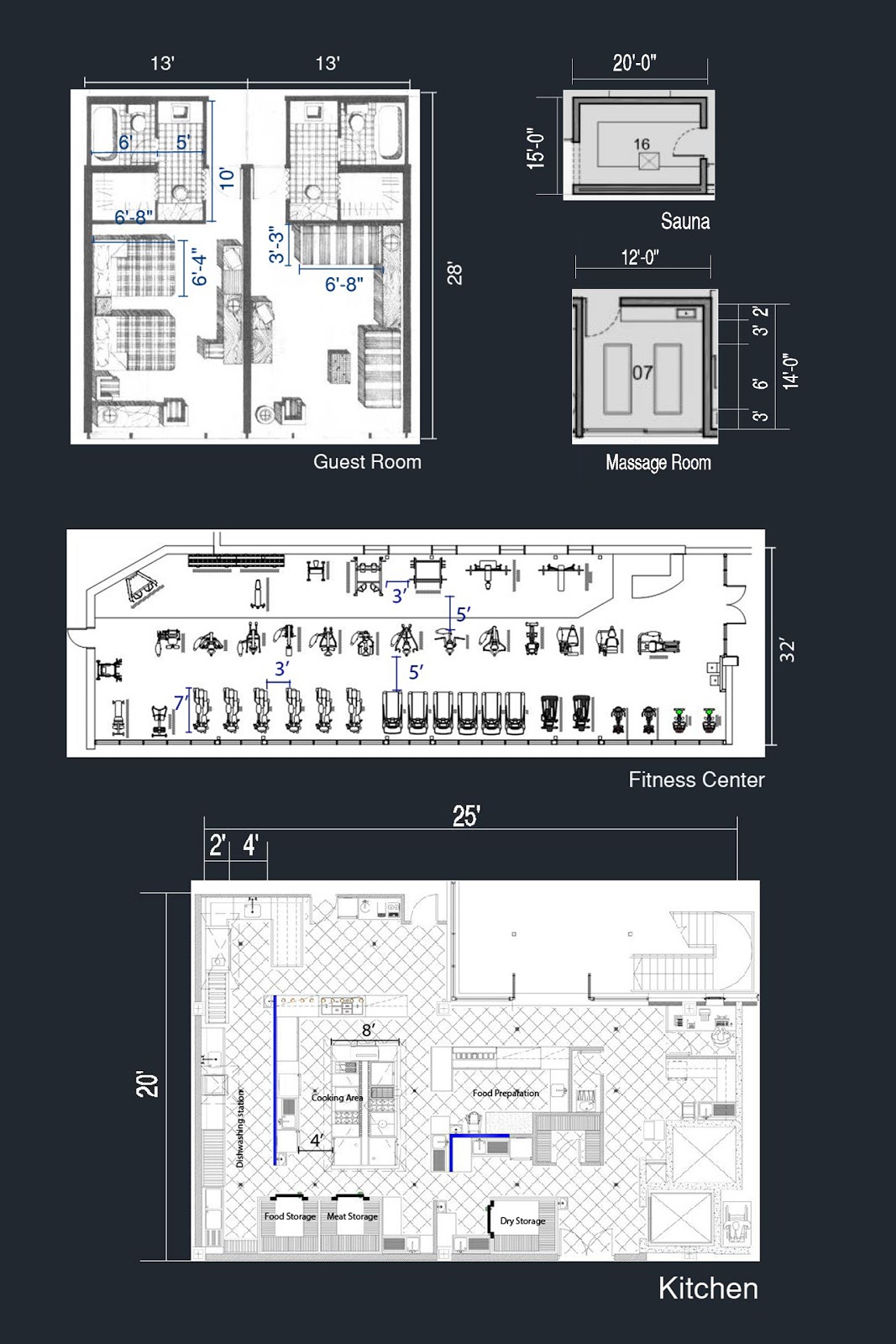



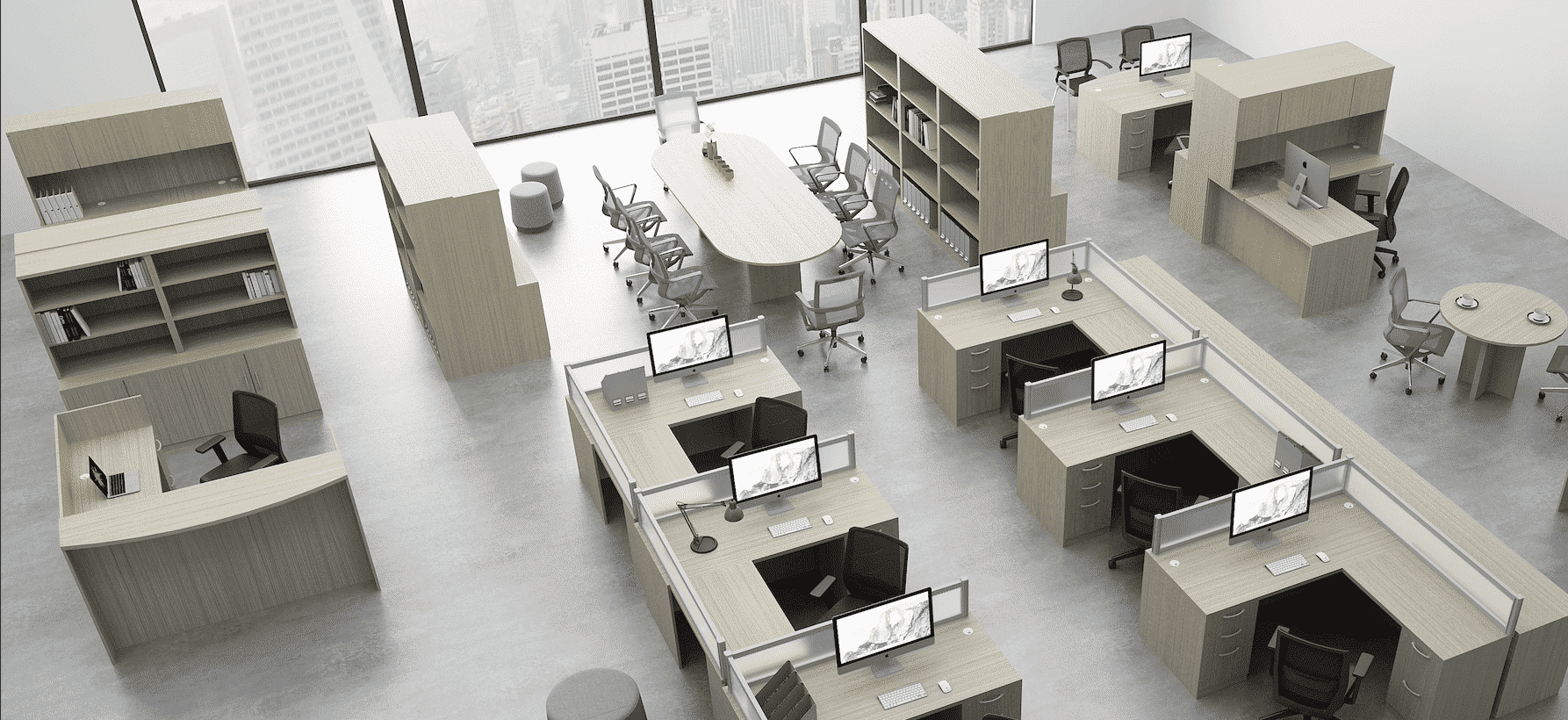


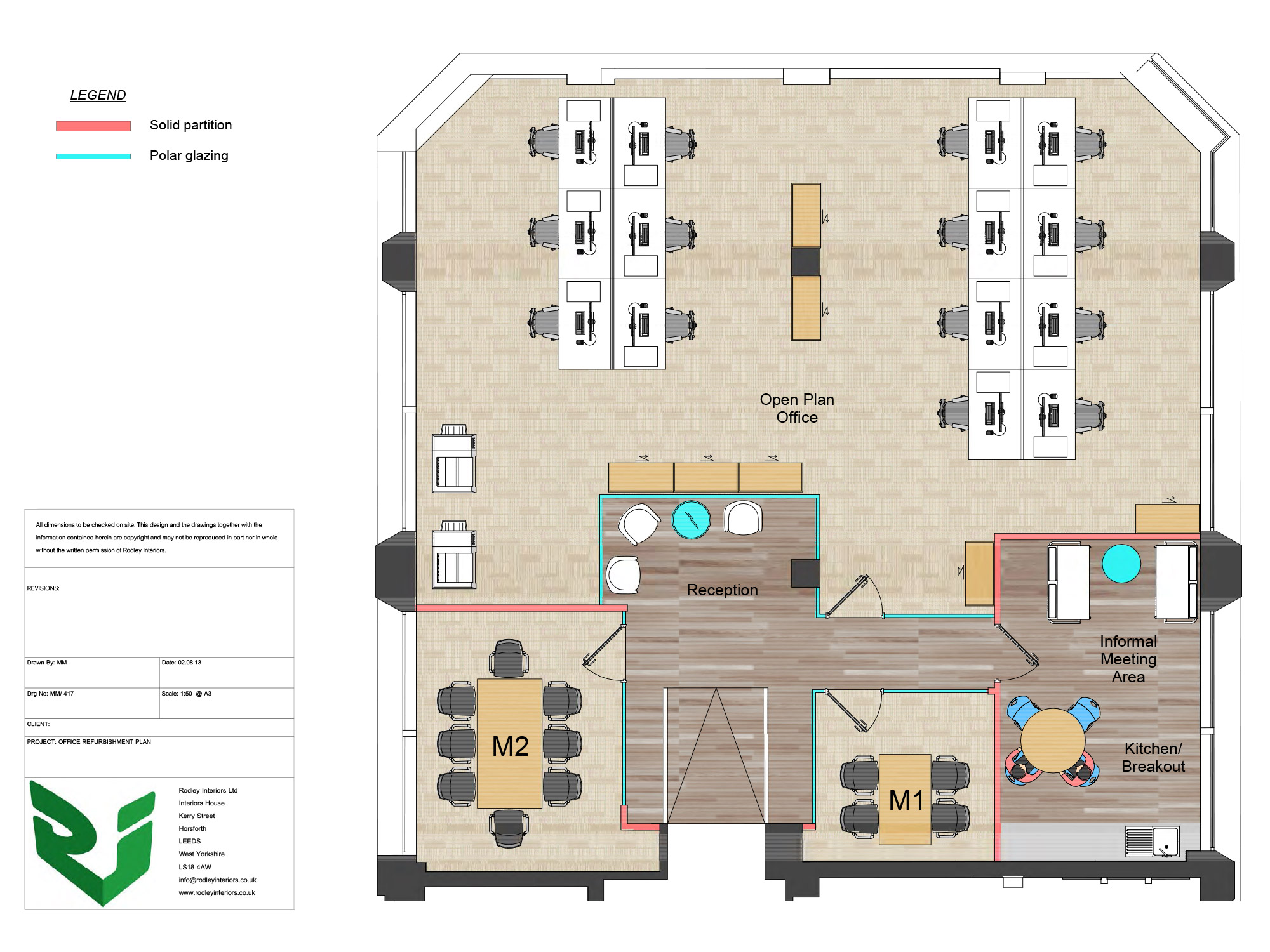

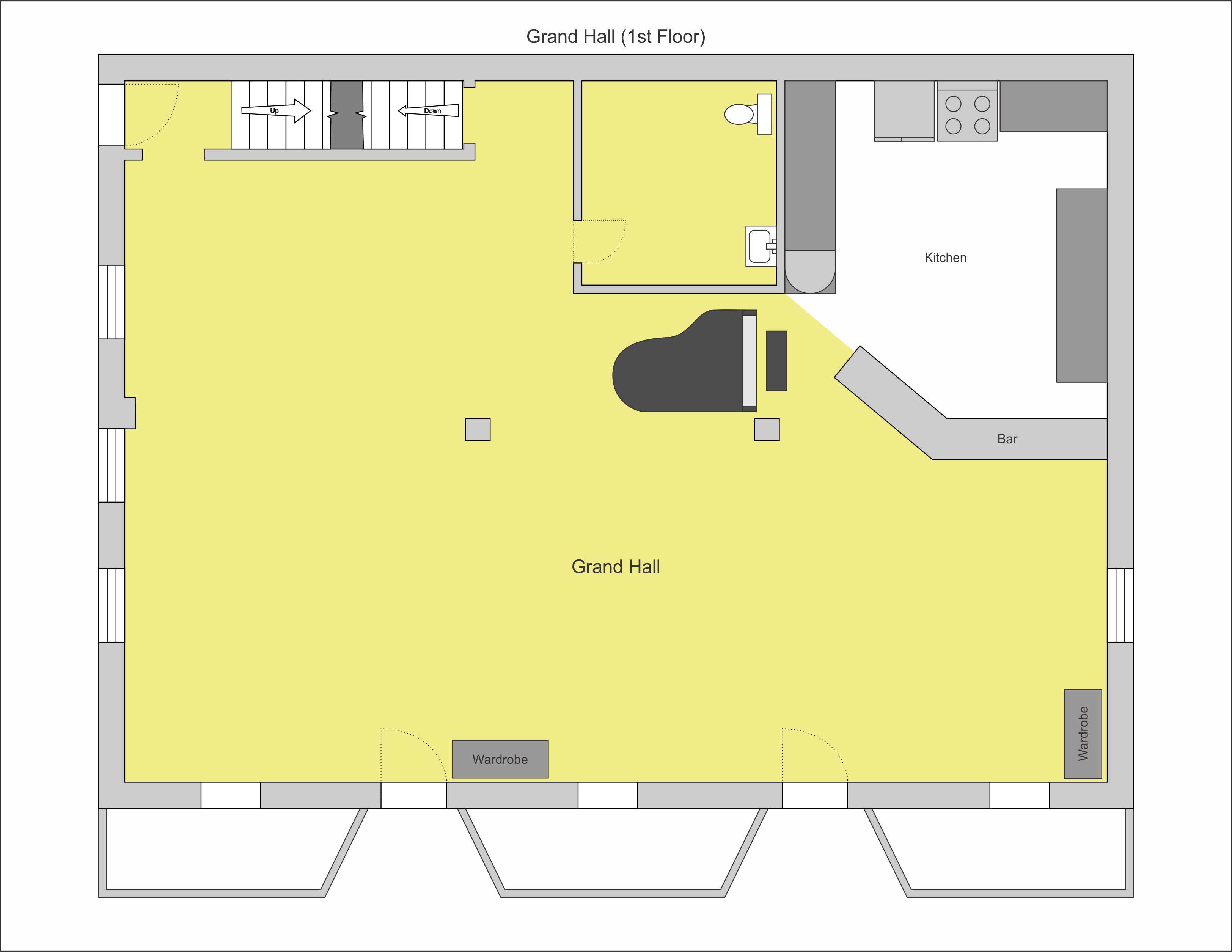


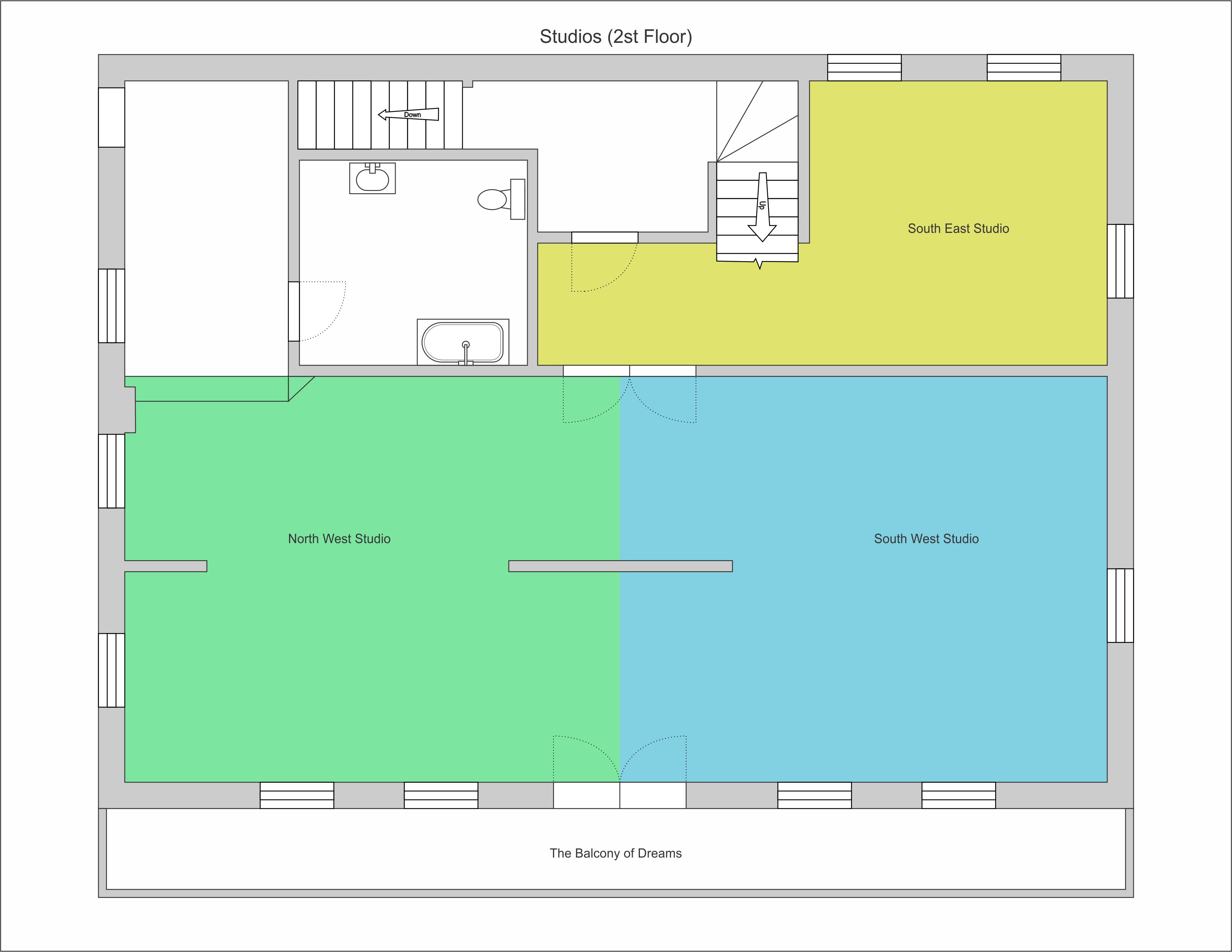



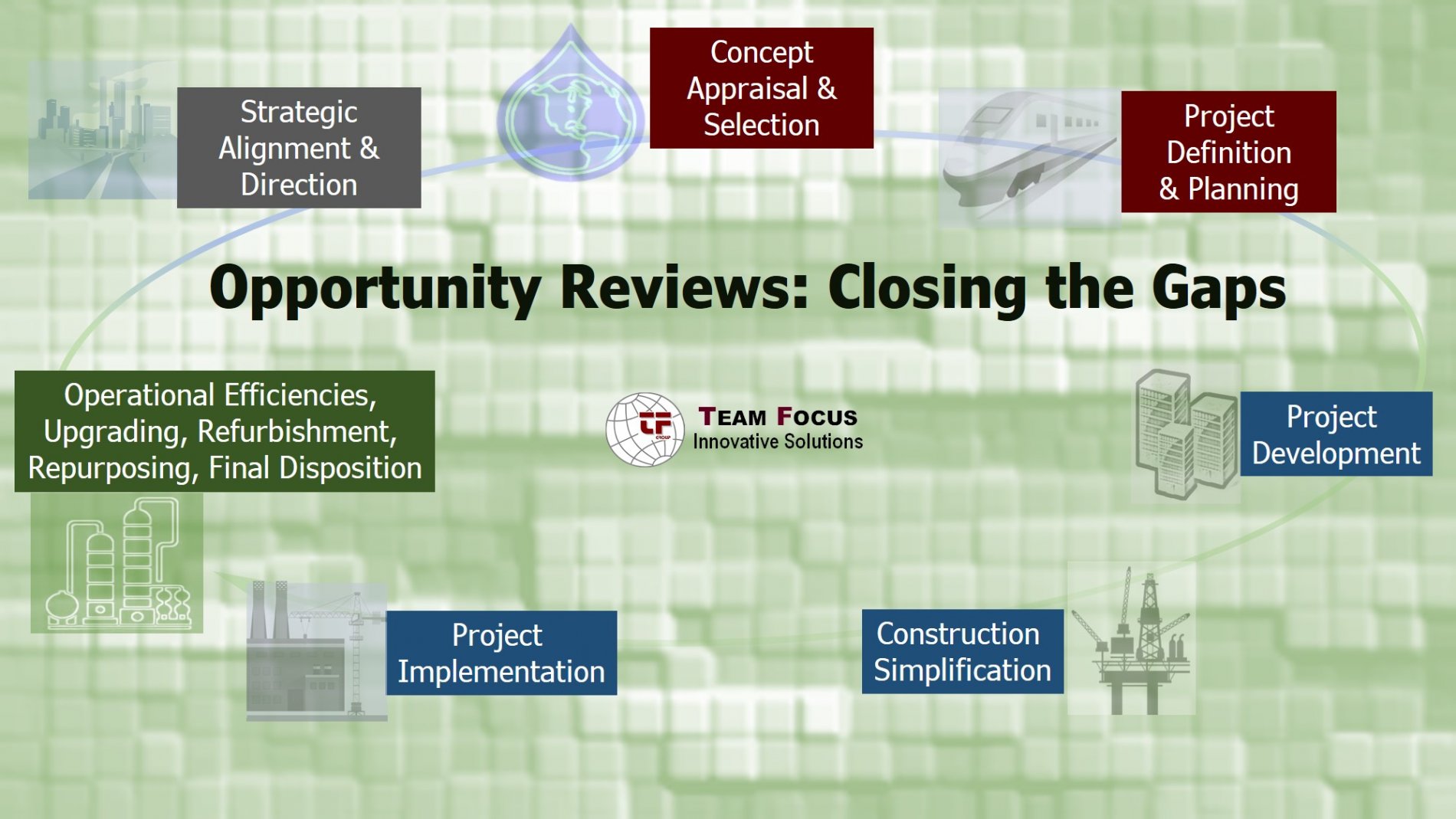



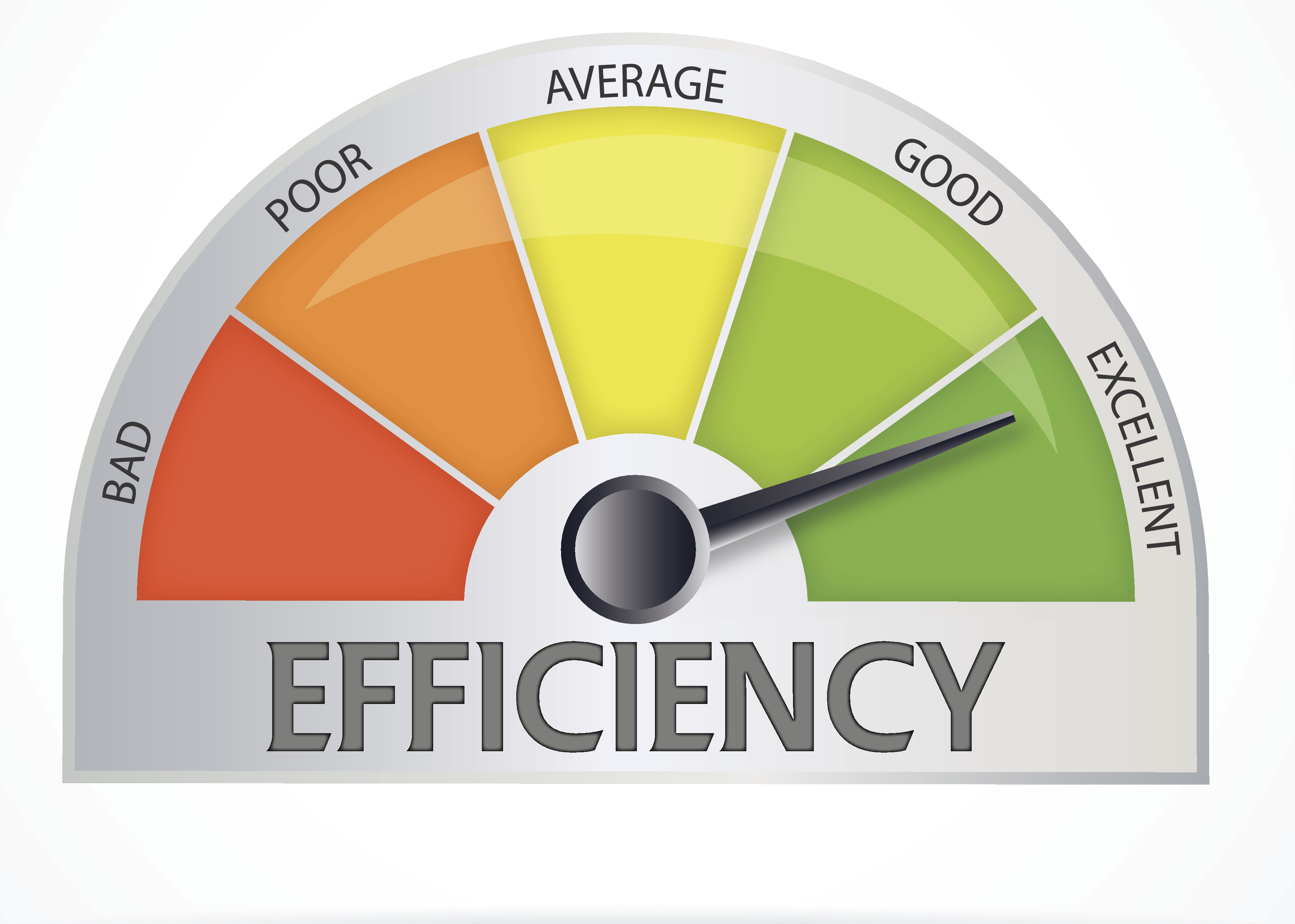





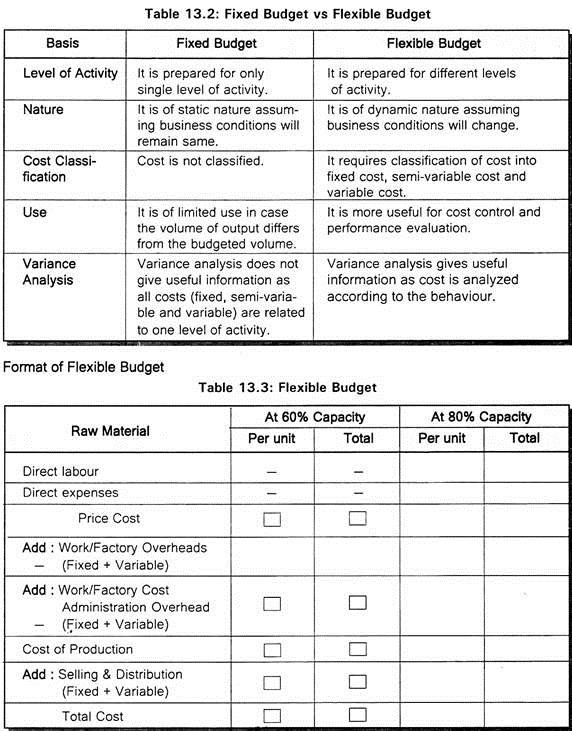

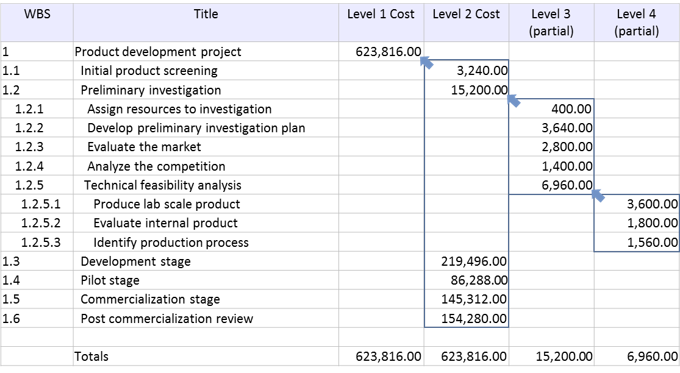

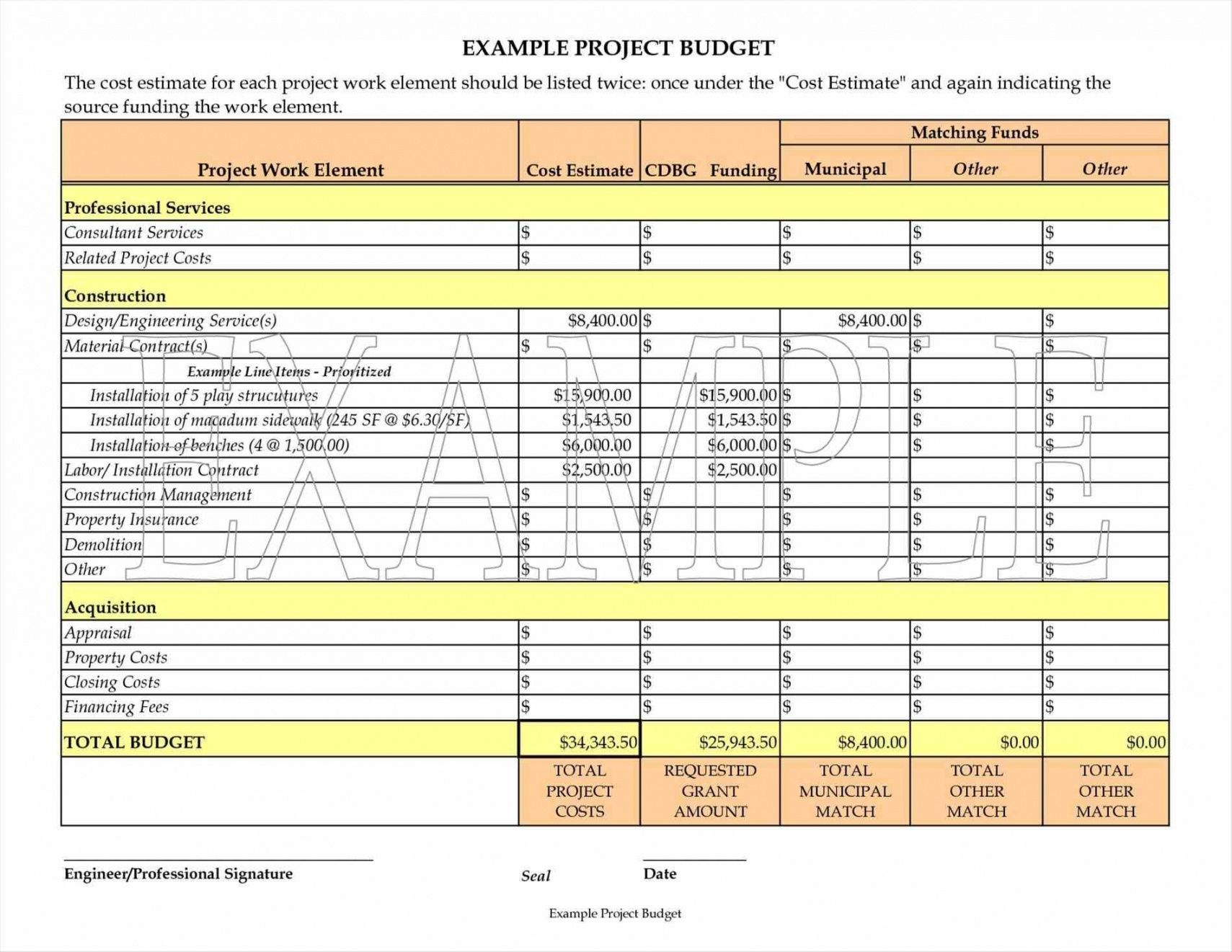

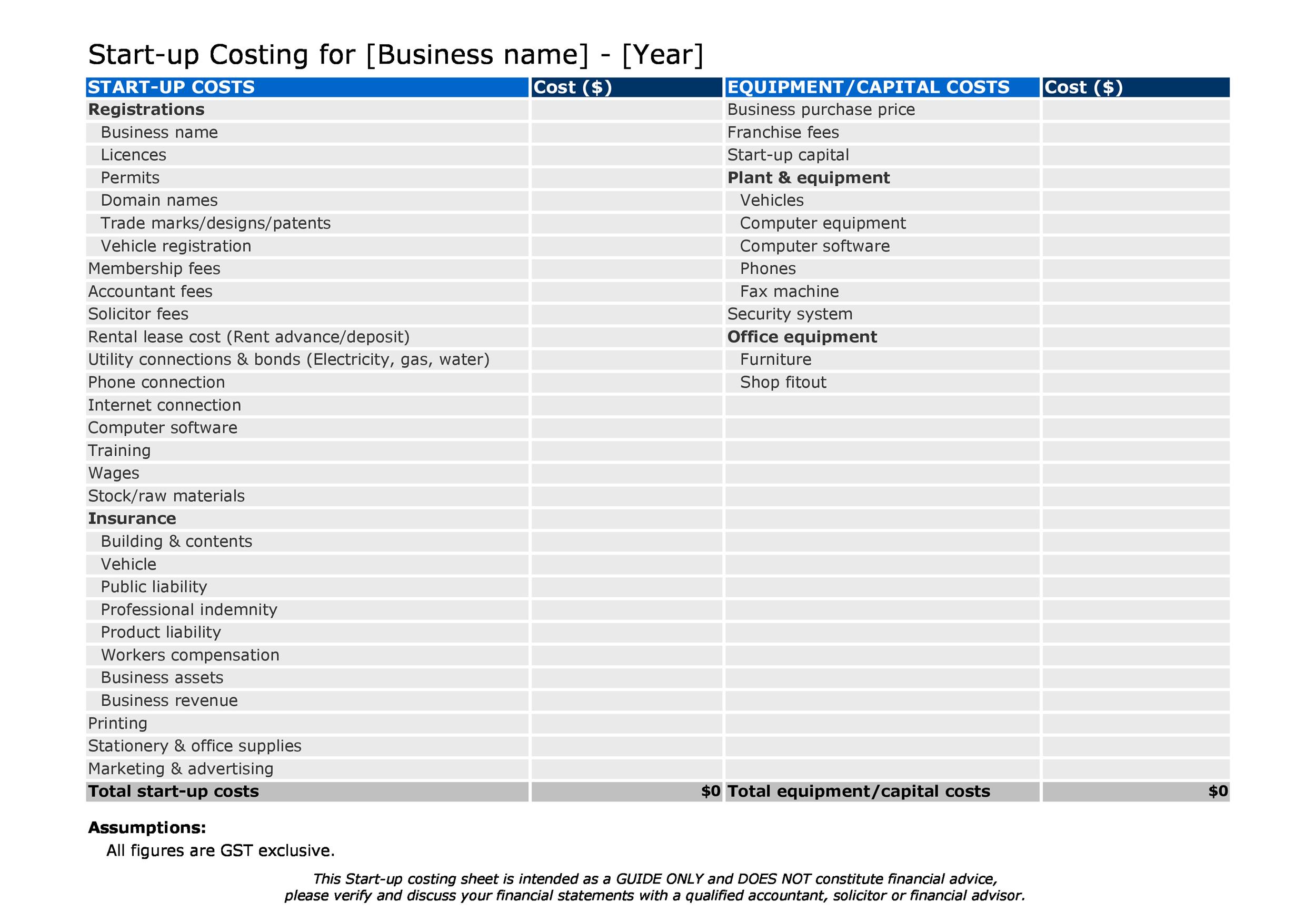
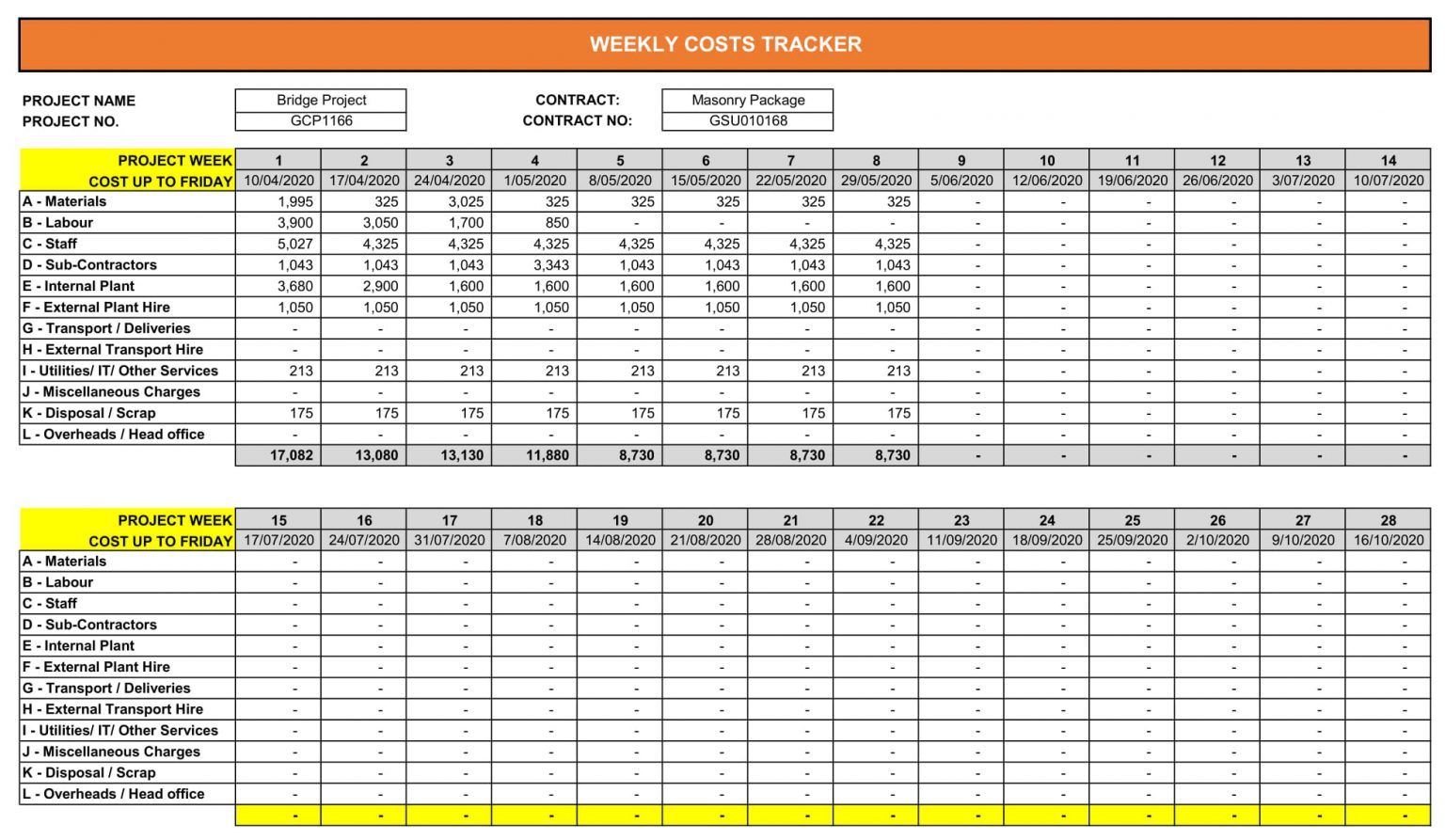


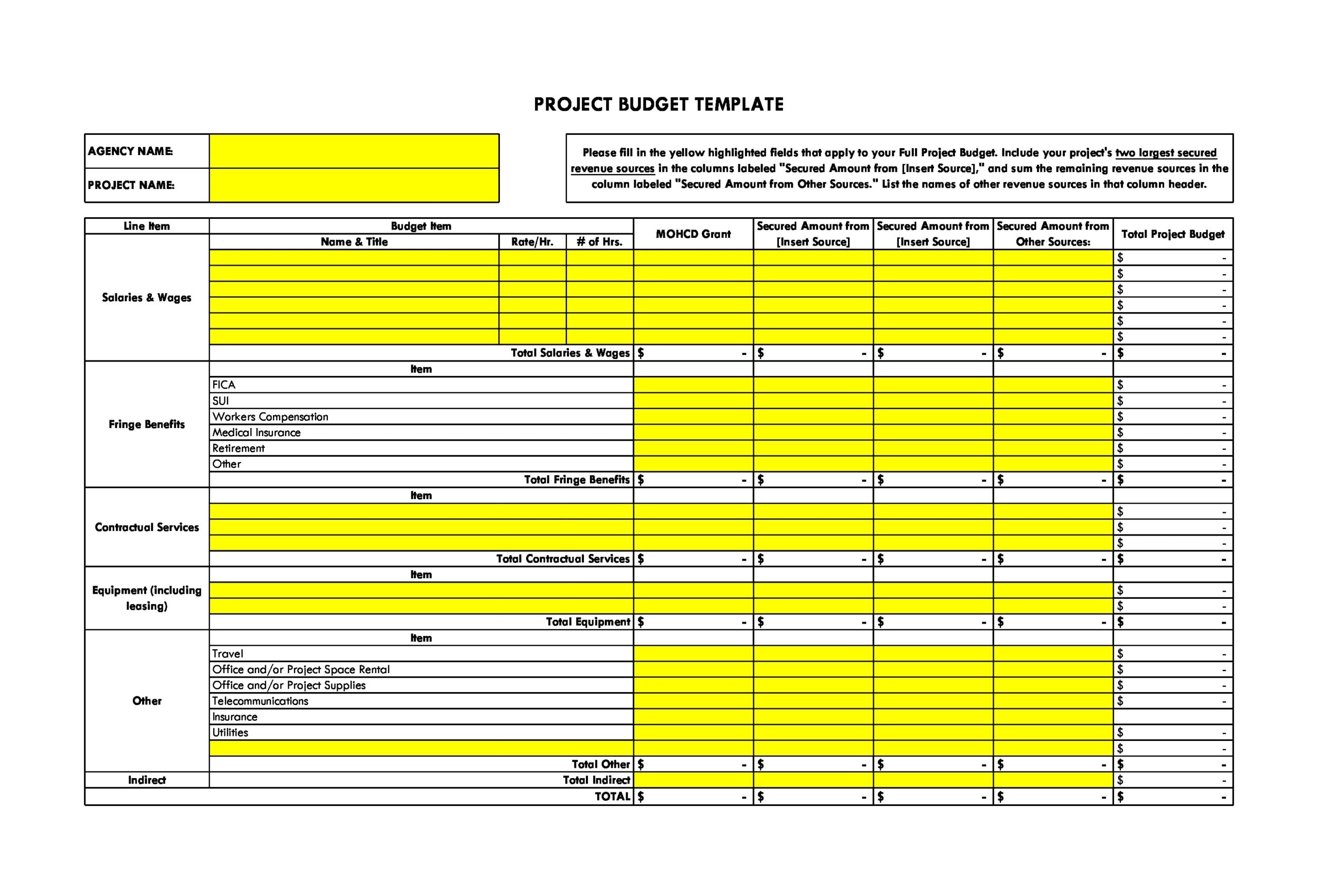










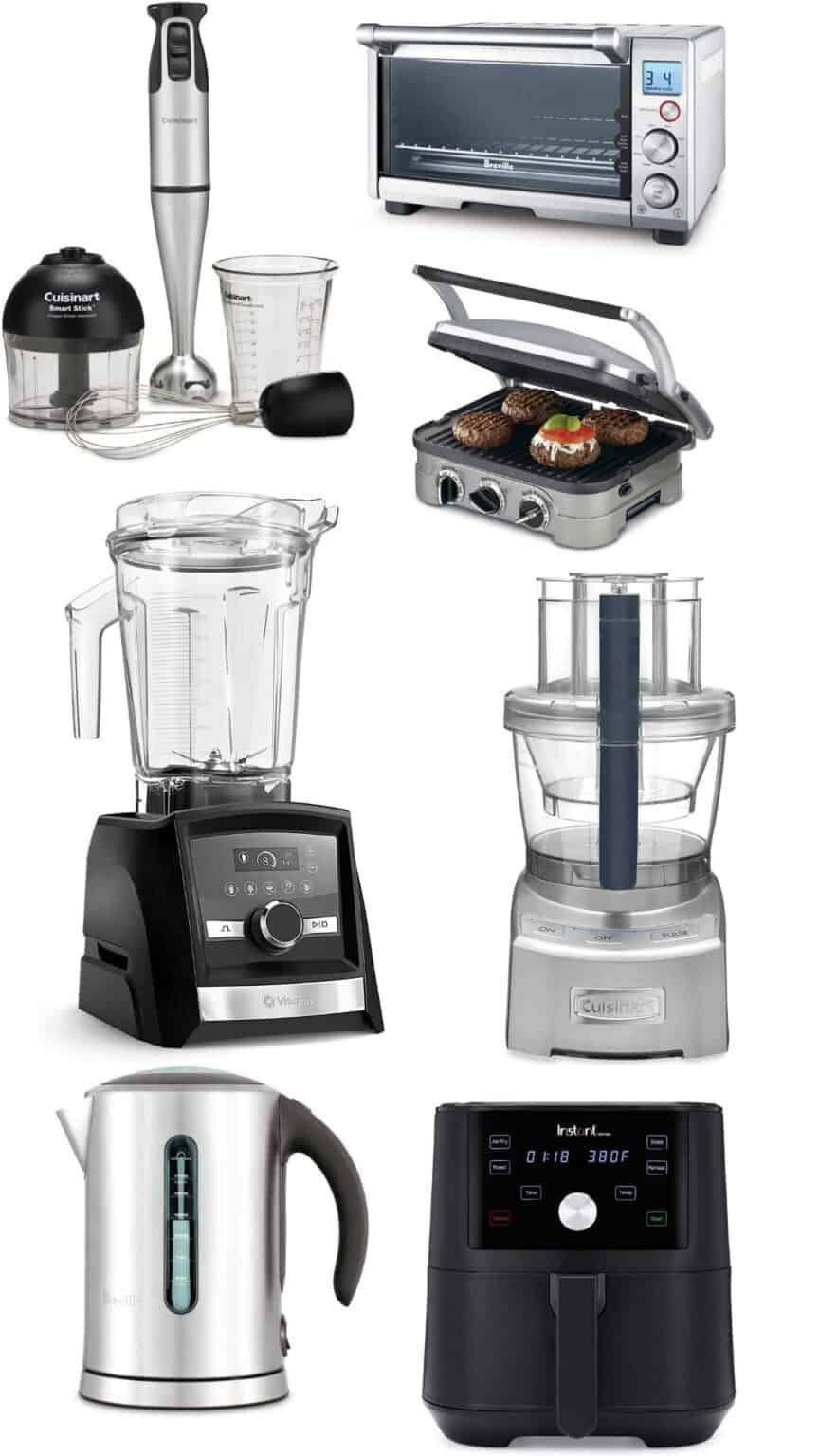


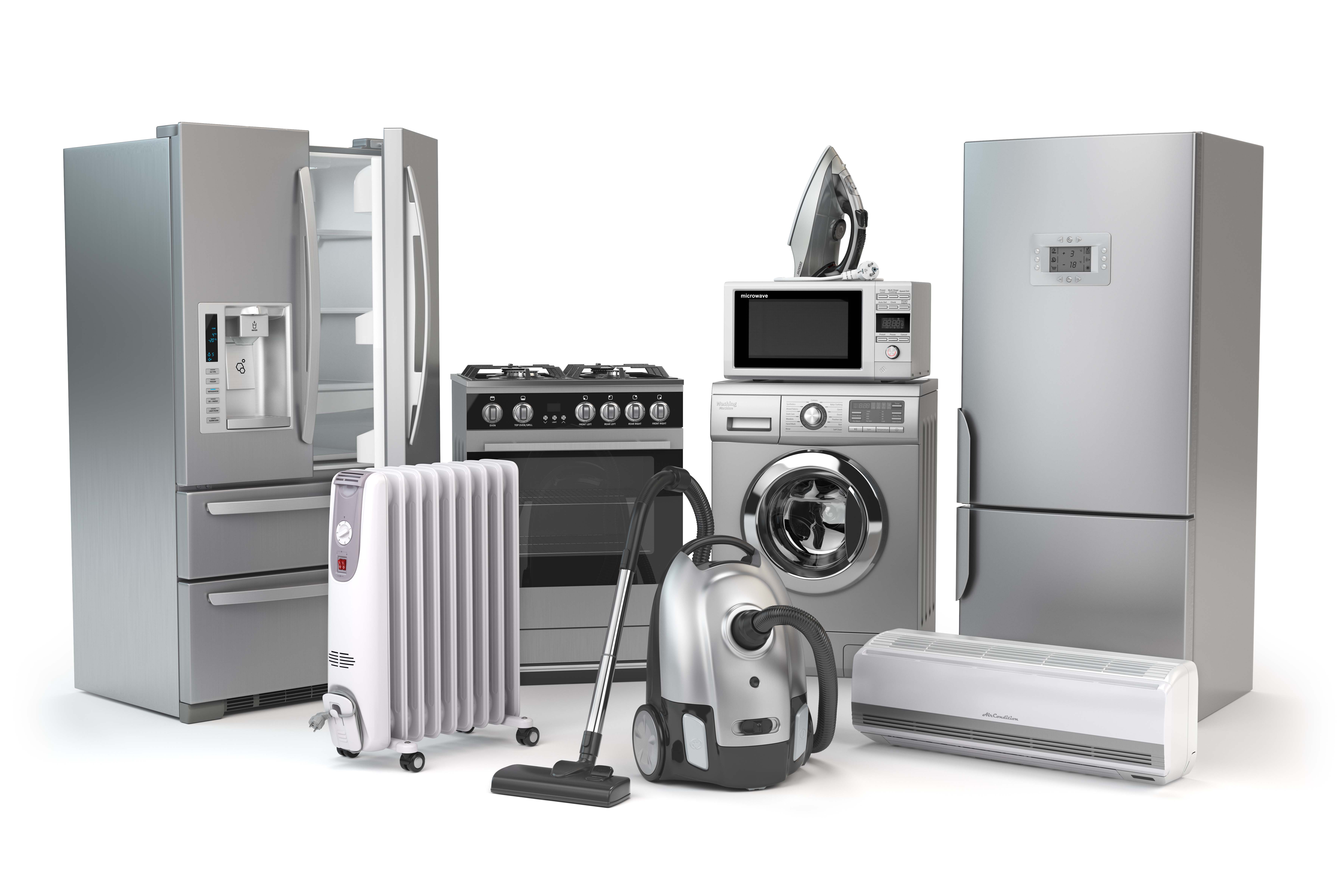

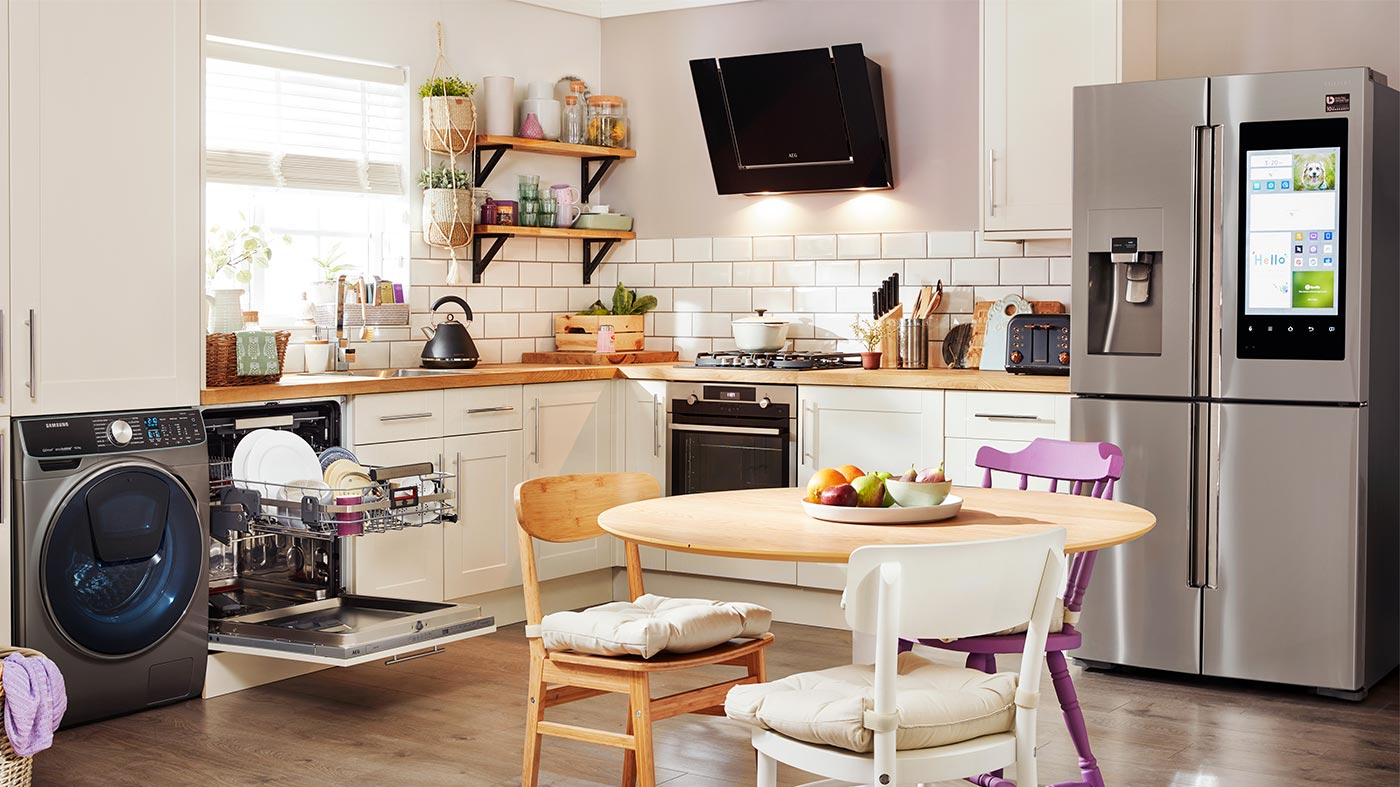
/appliancesalexeydudoladovGettyImages-171589331-57b37c3c5f9b58b5c2cb819c.jpg)
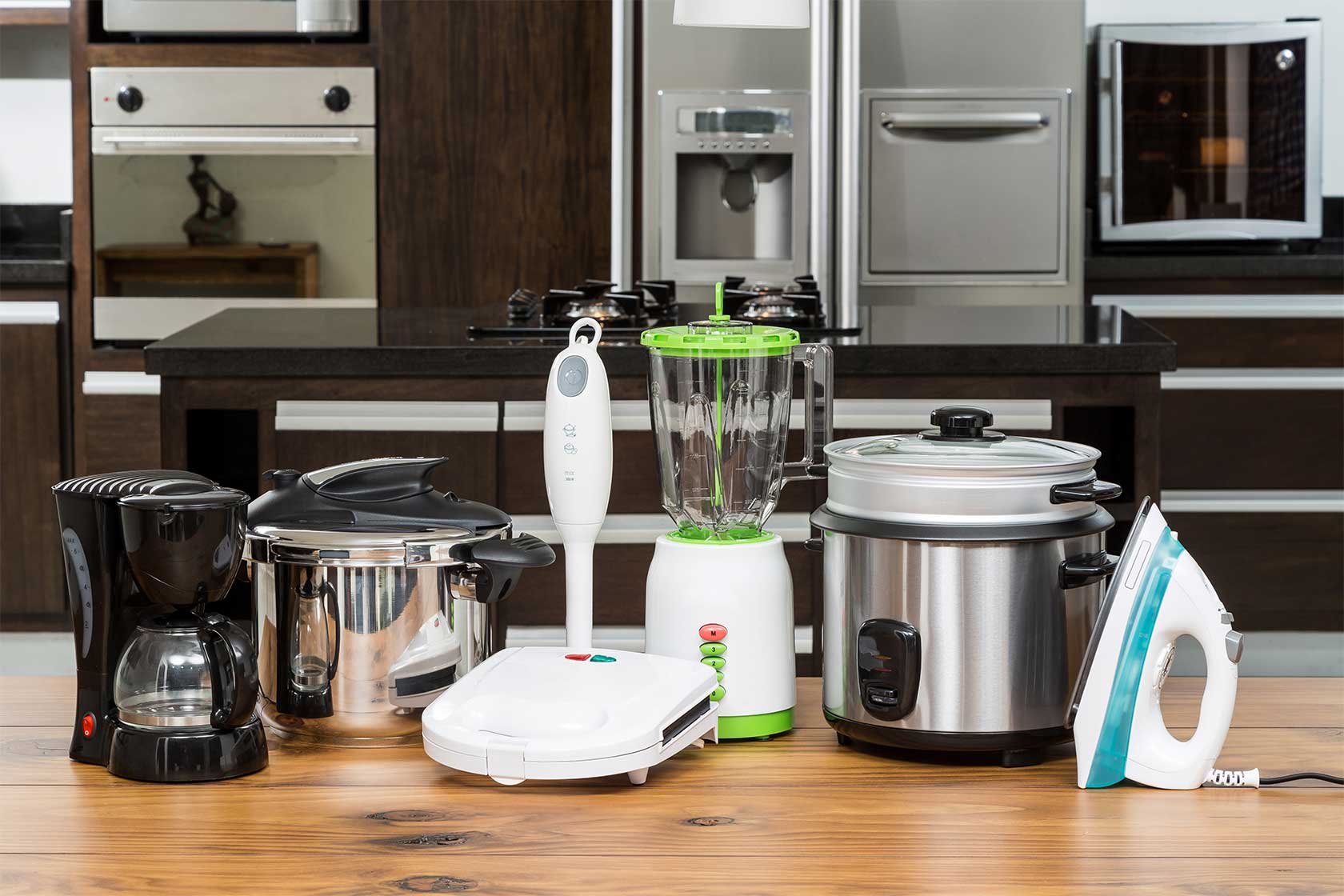
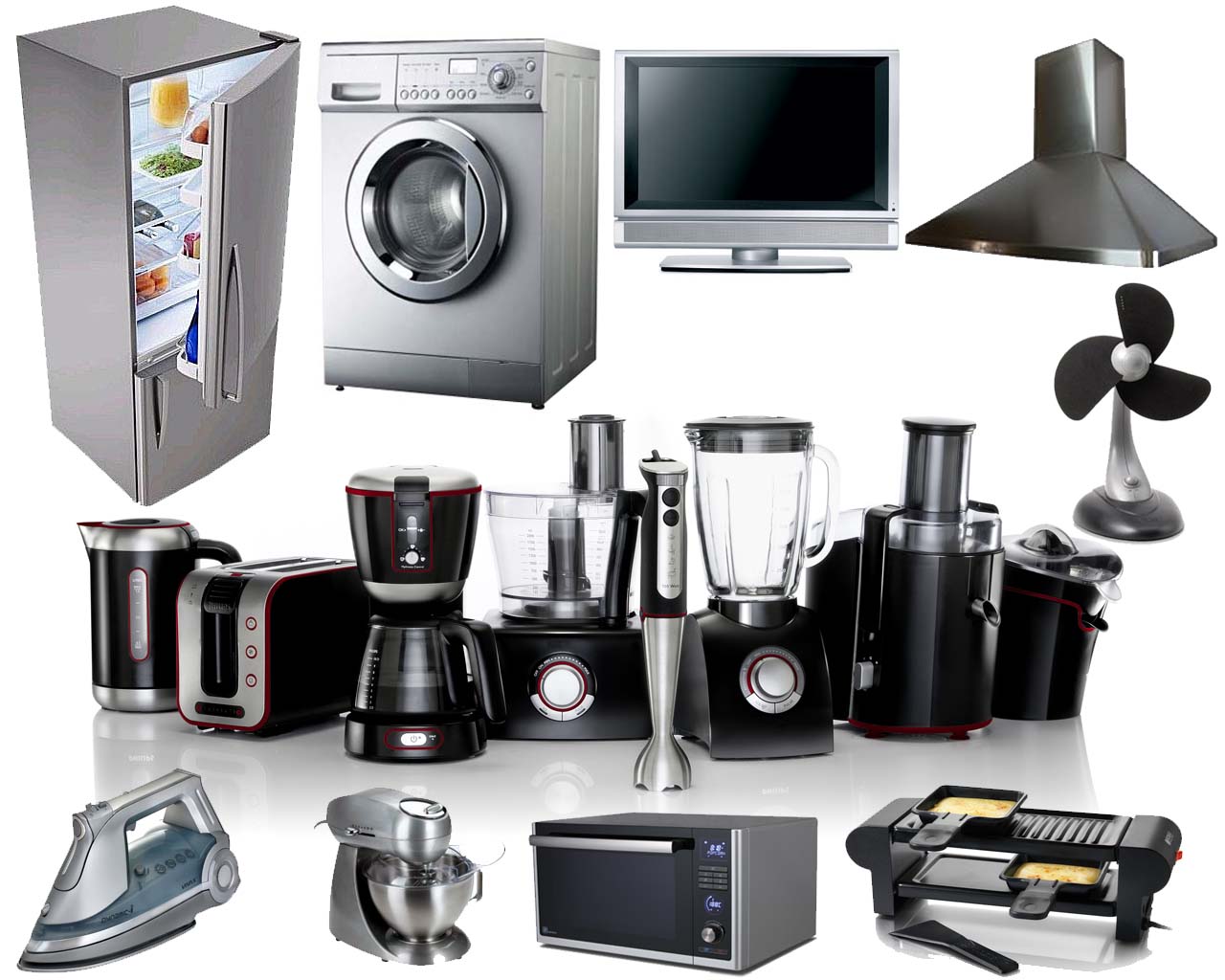
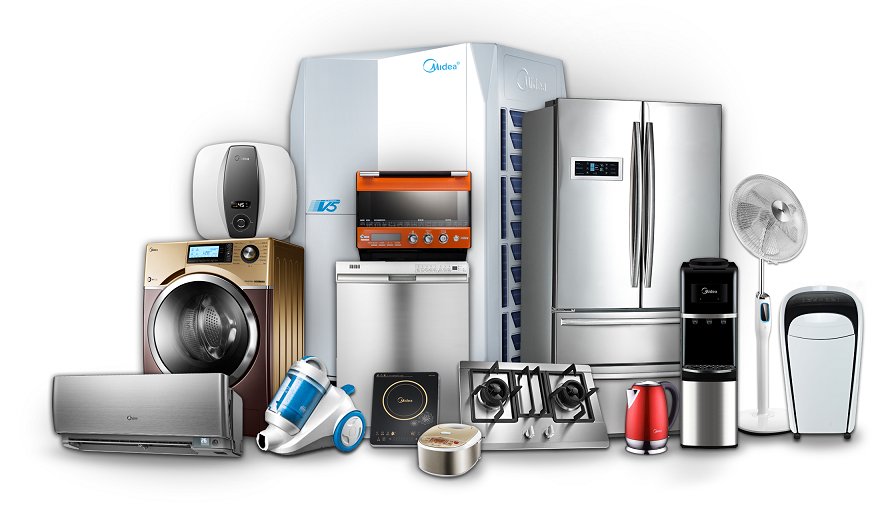
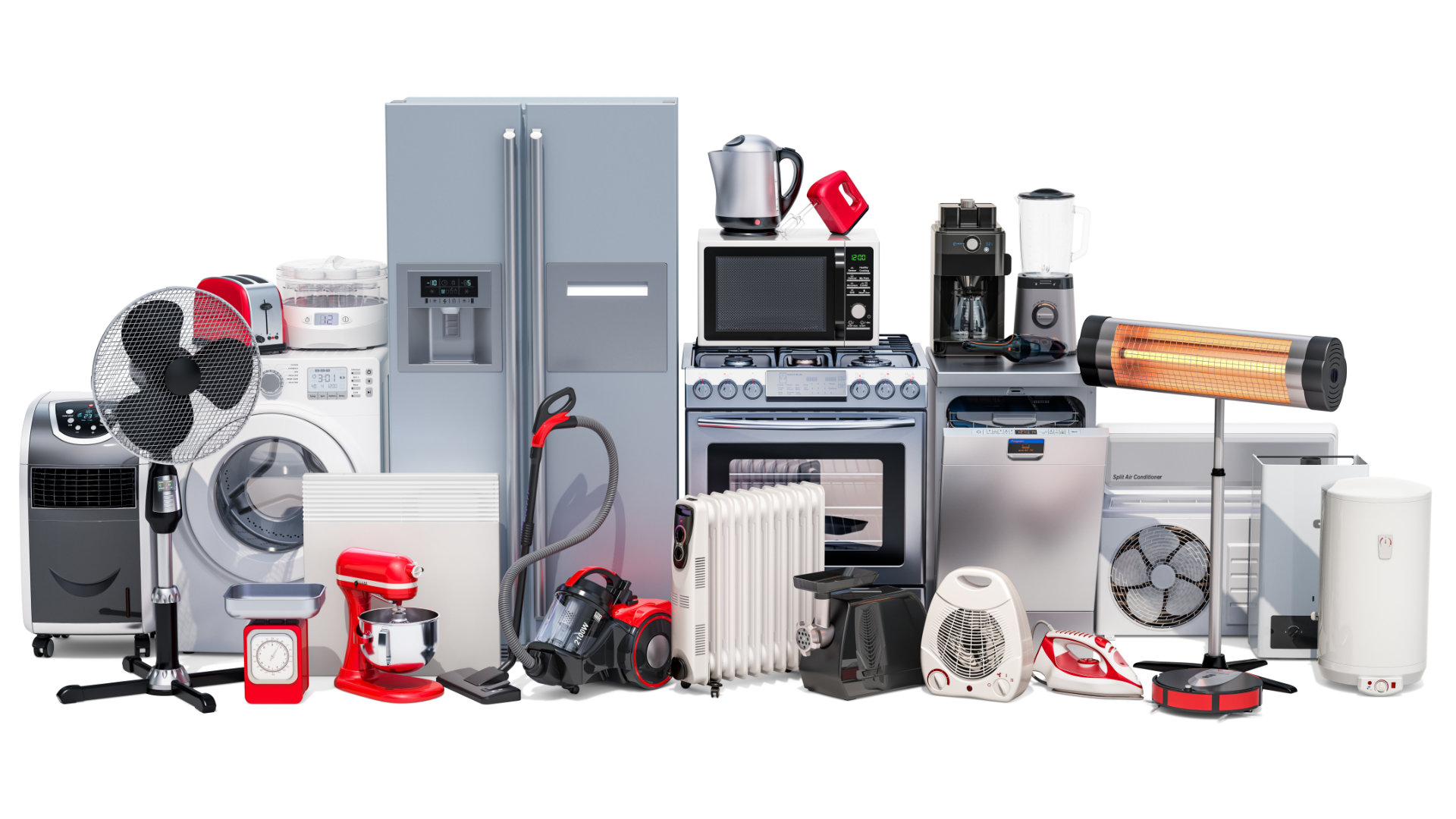



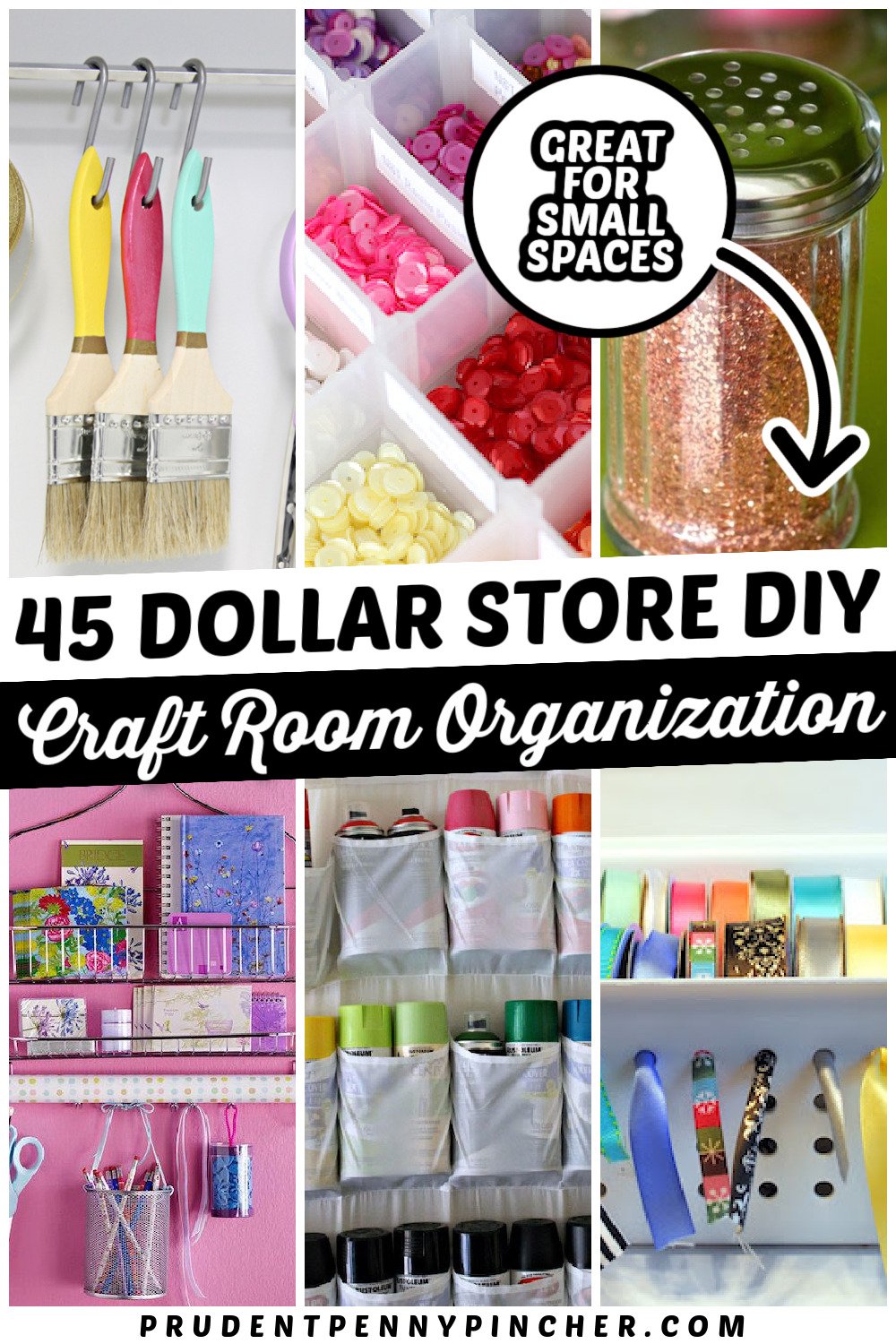


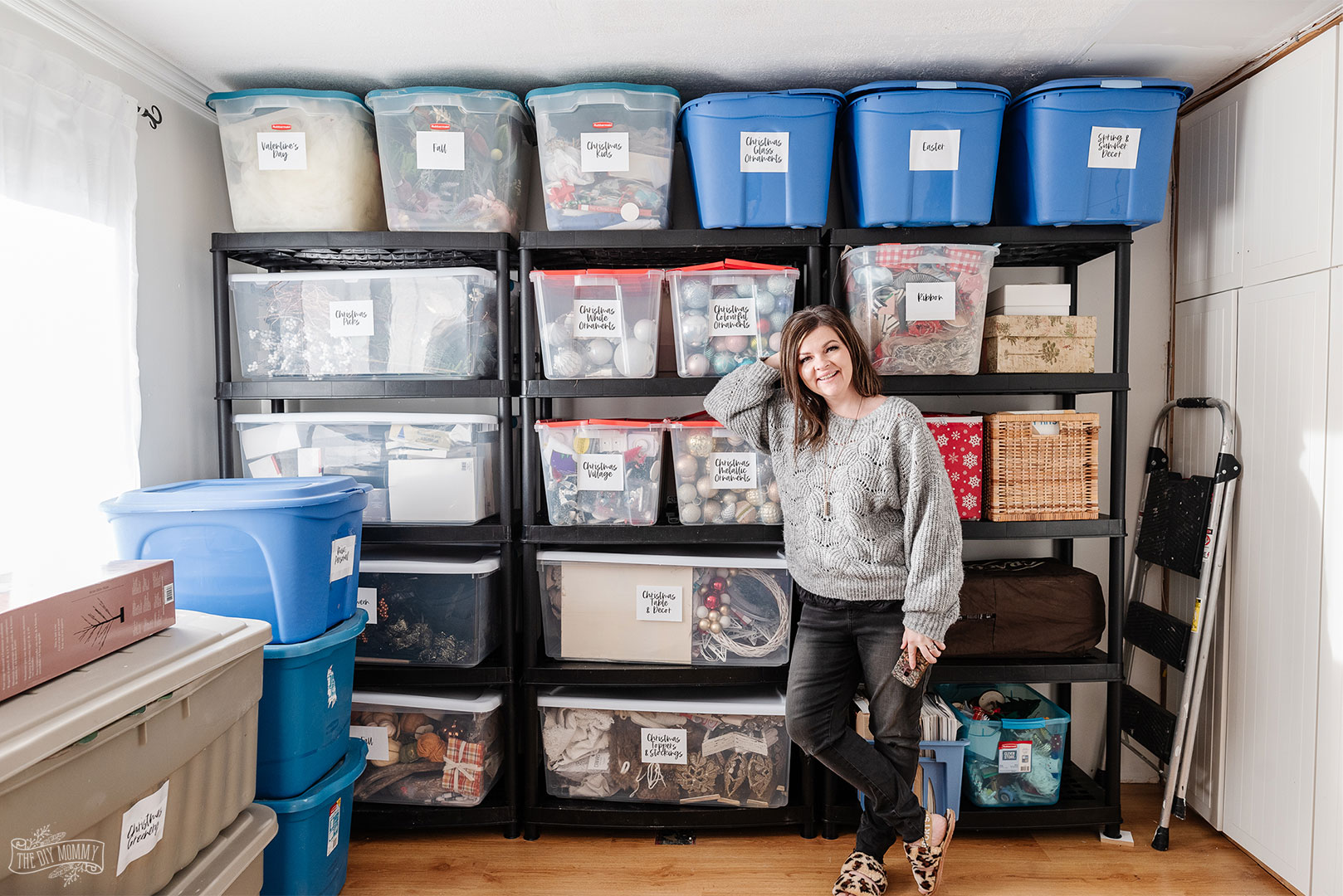




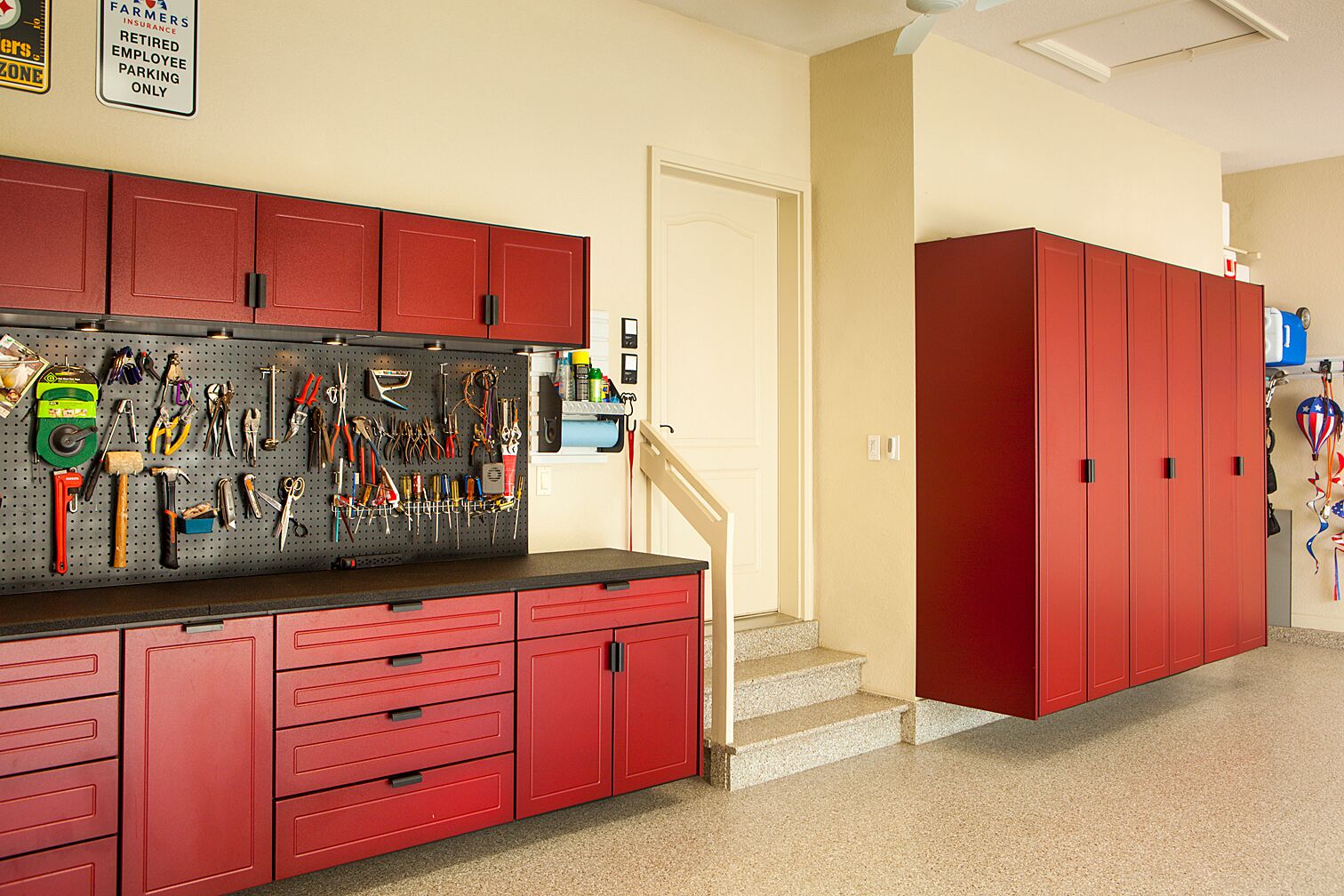


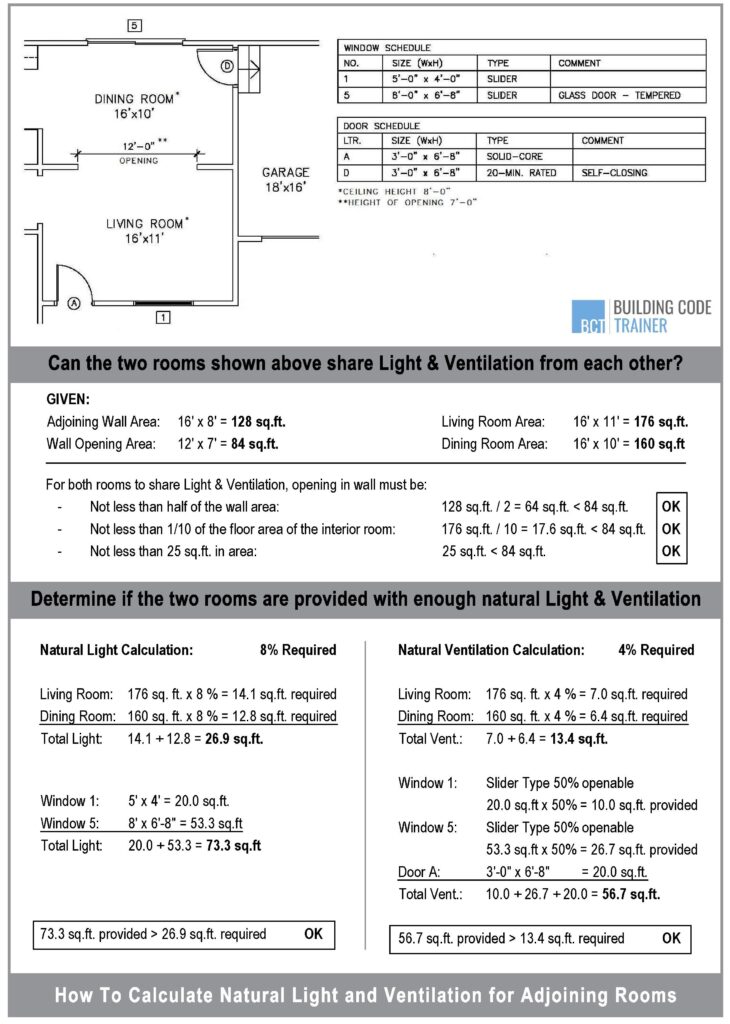


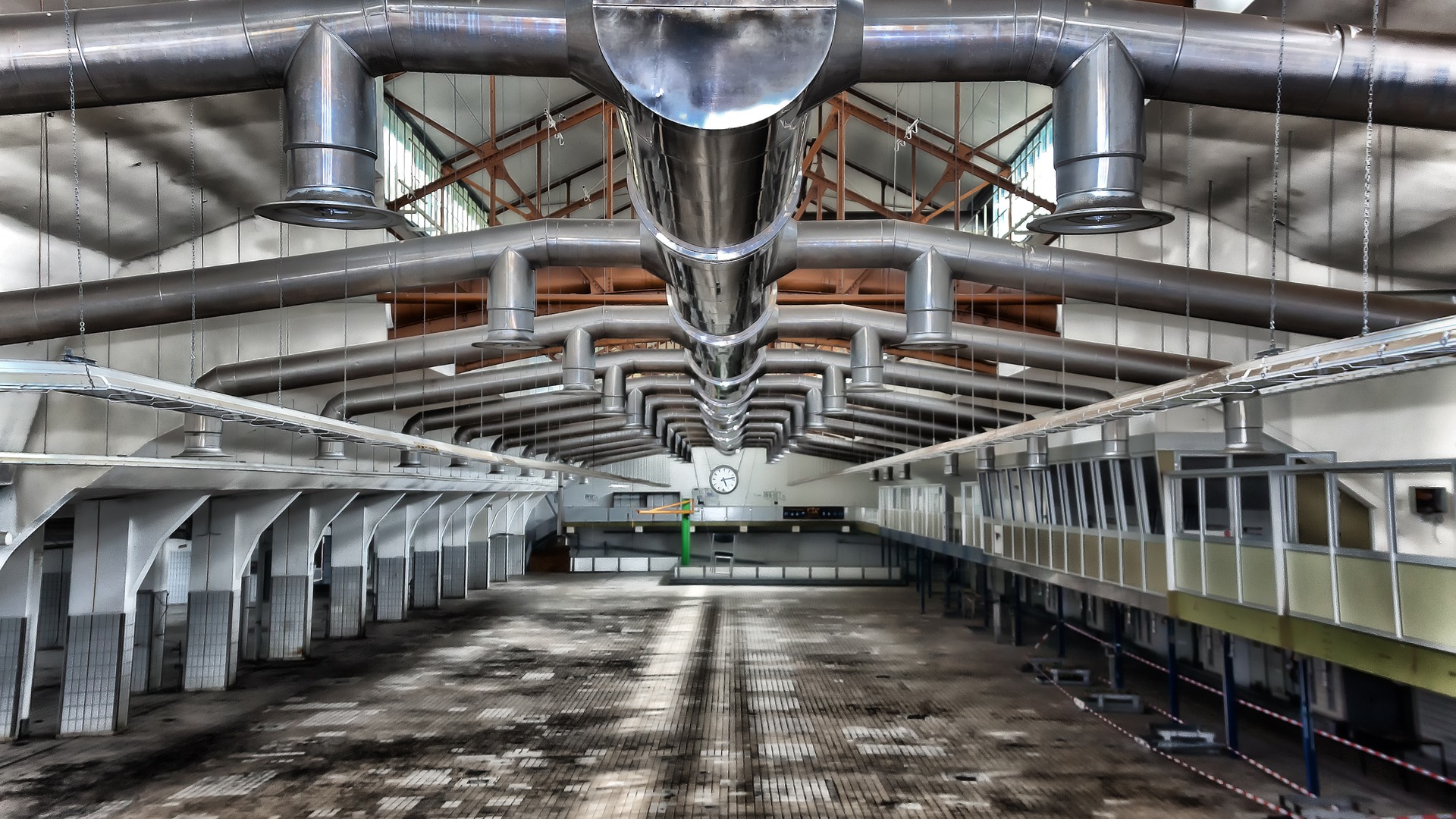




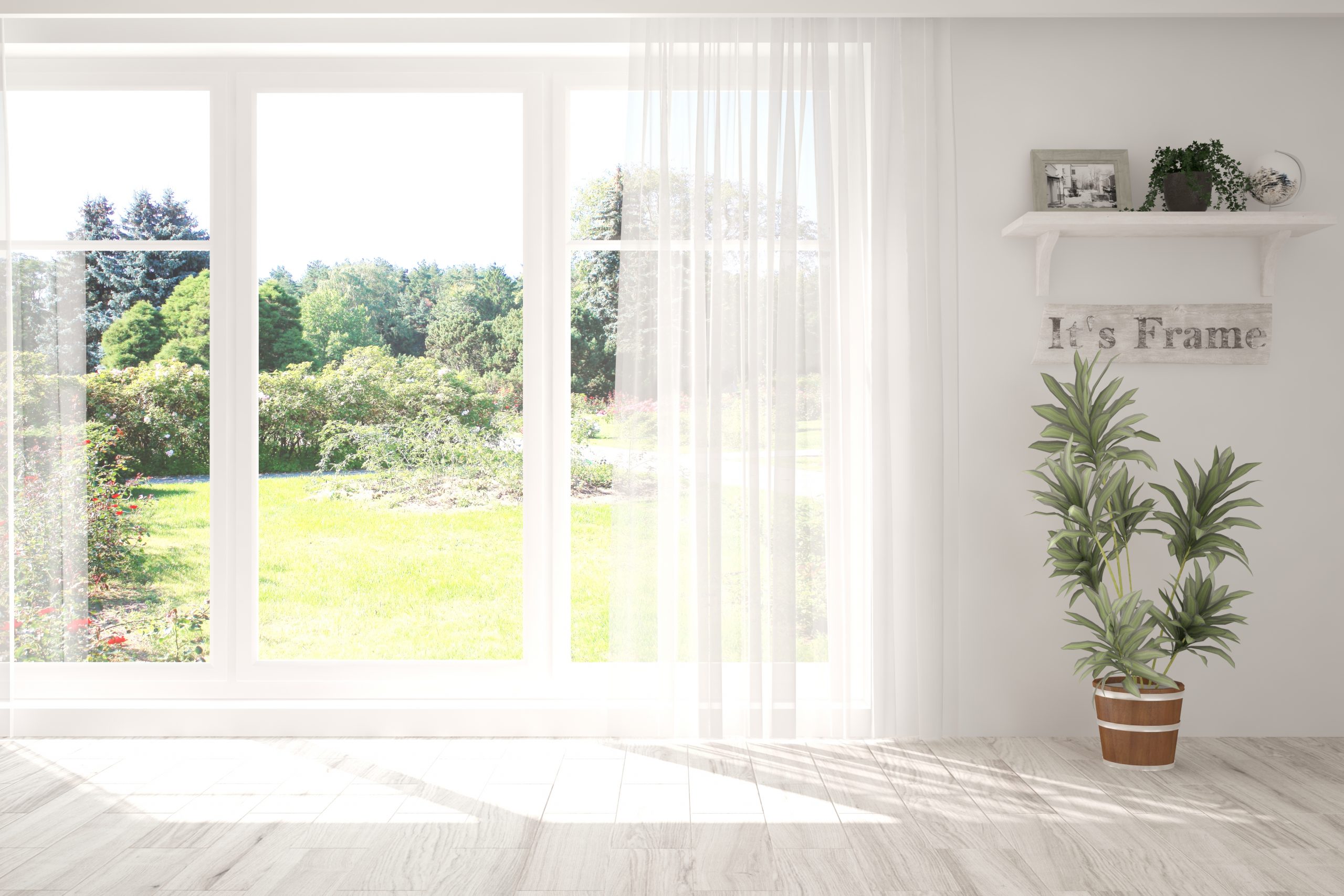
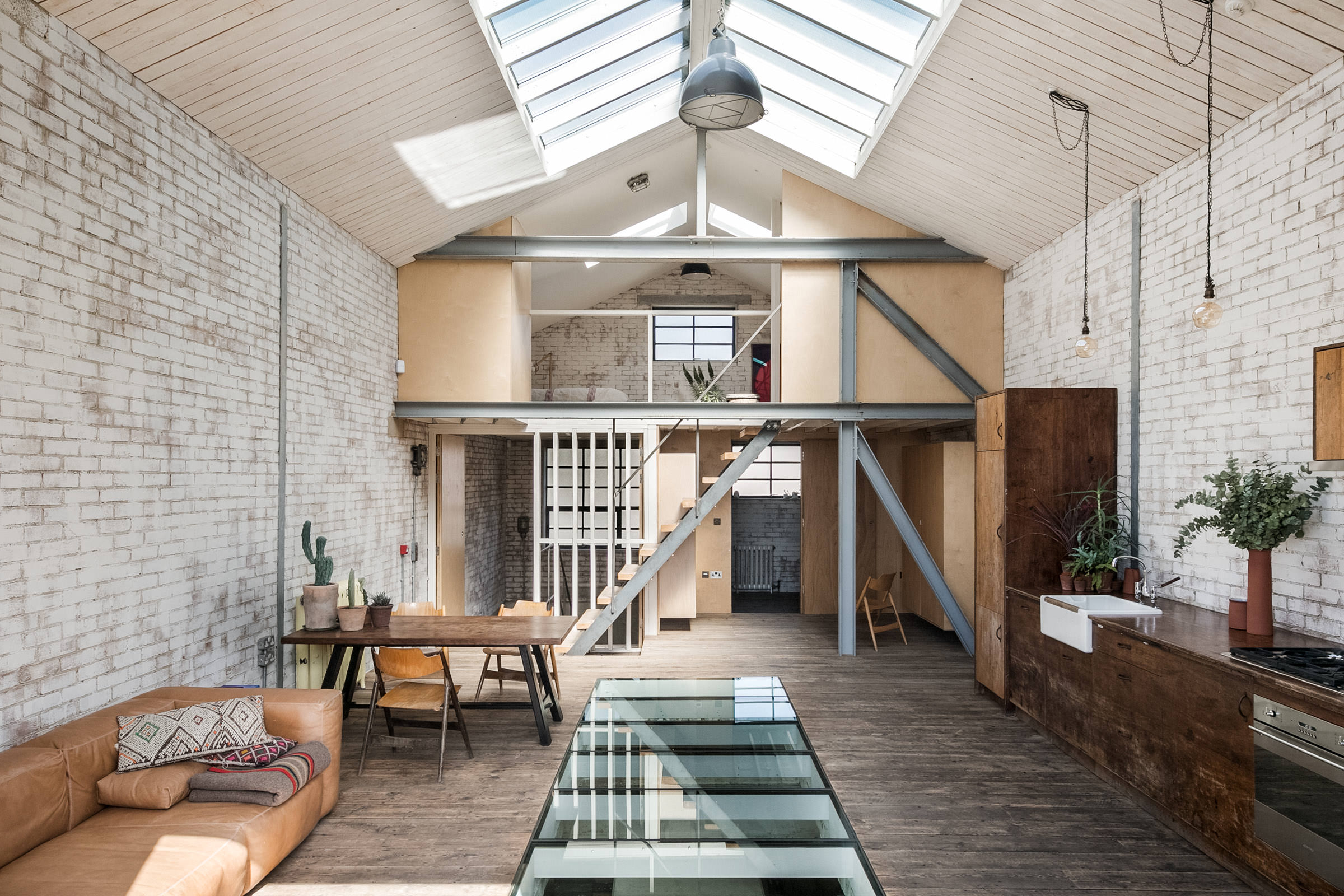
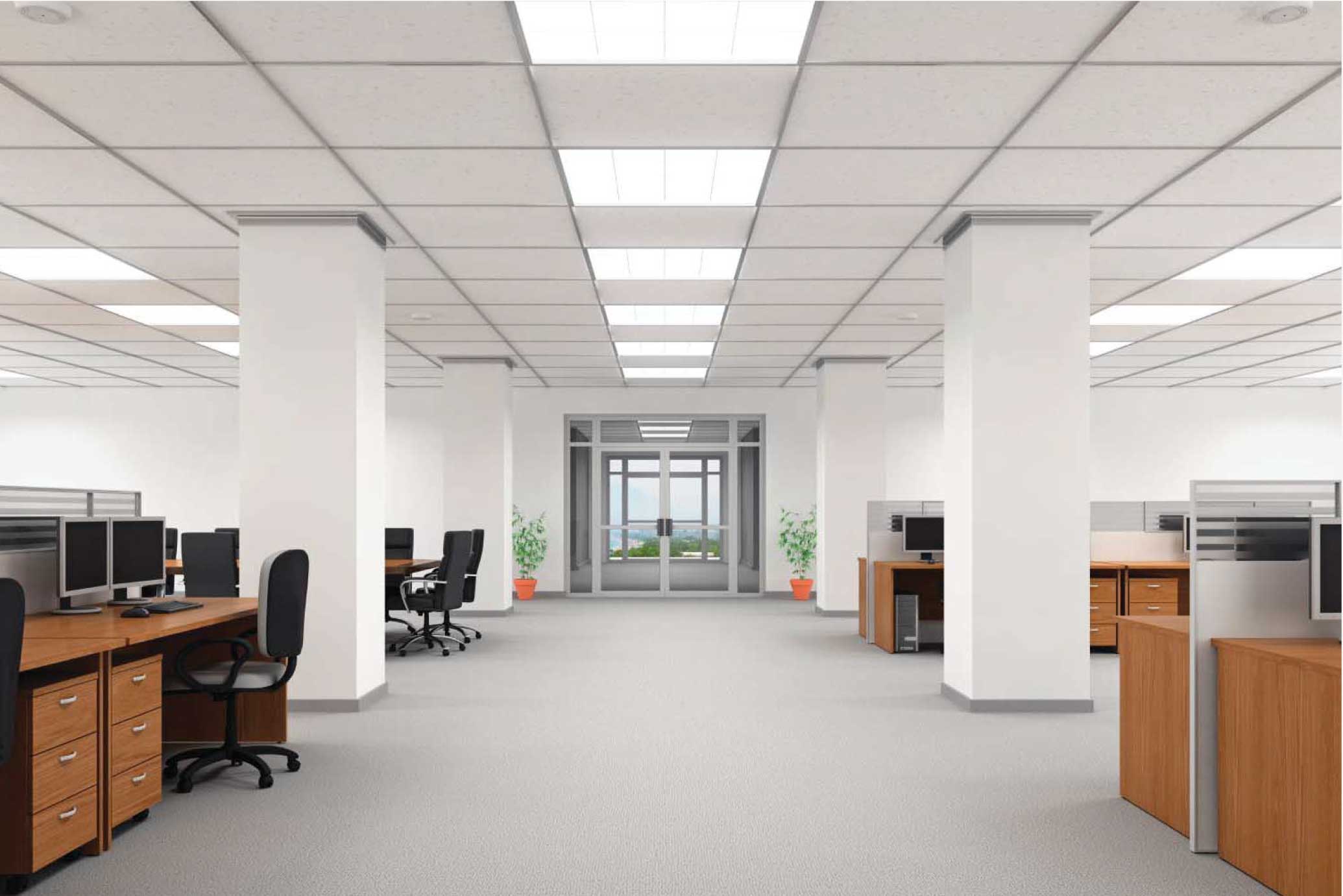
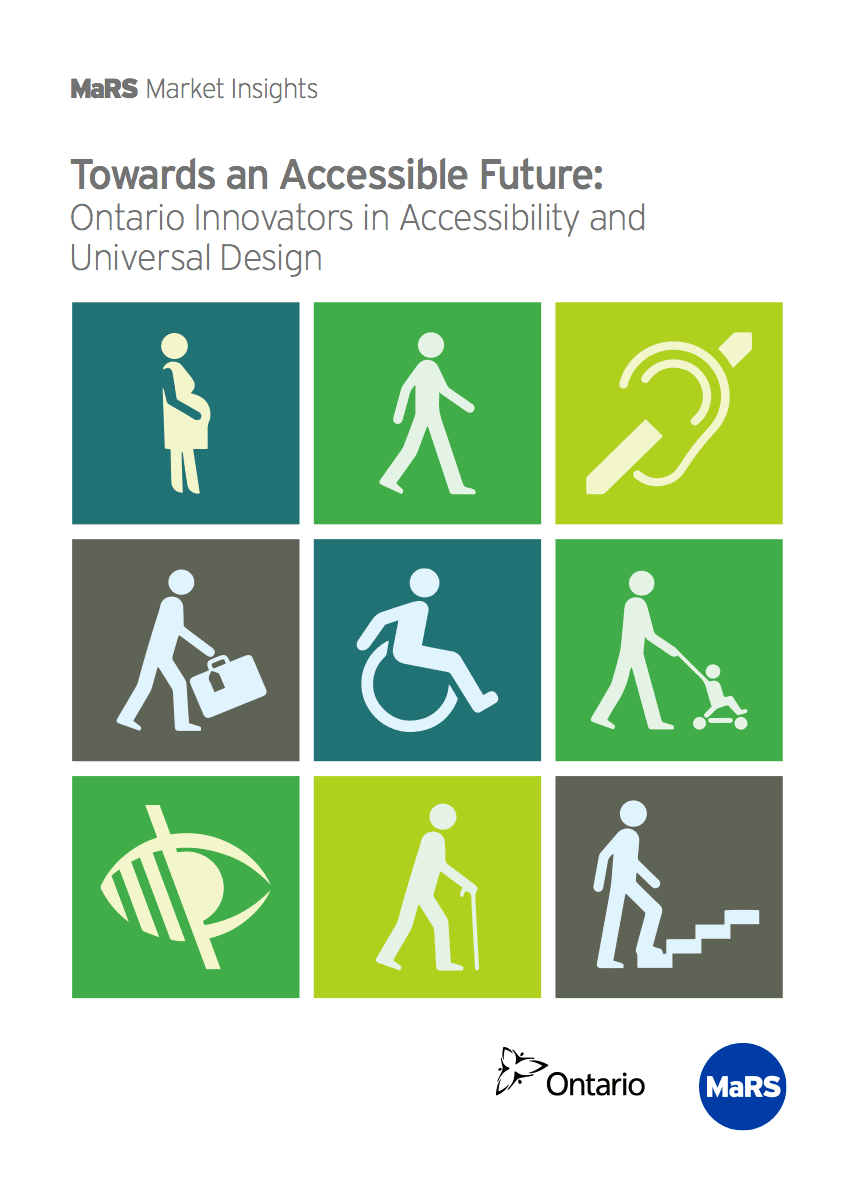








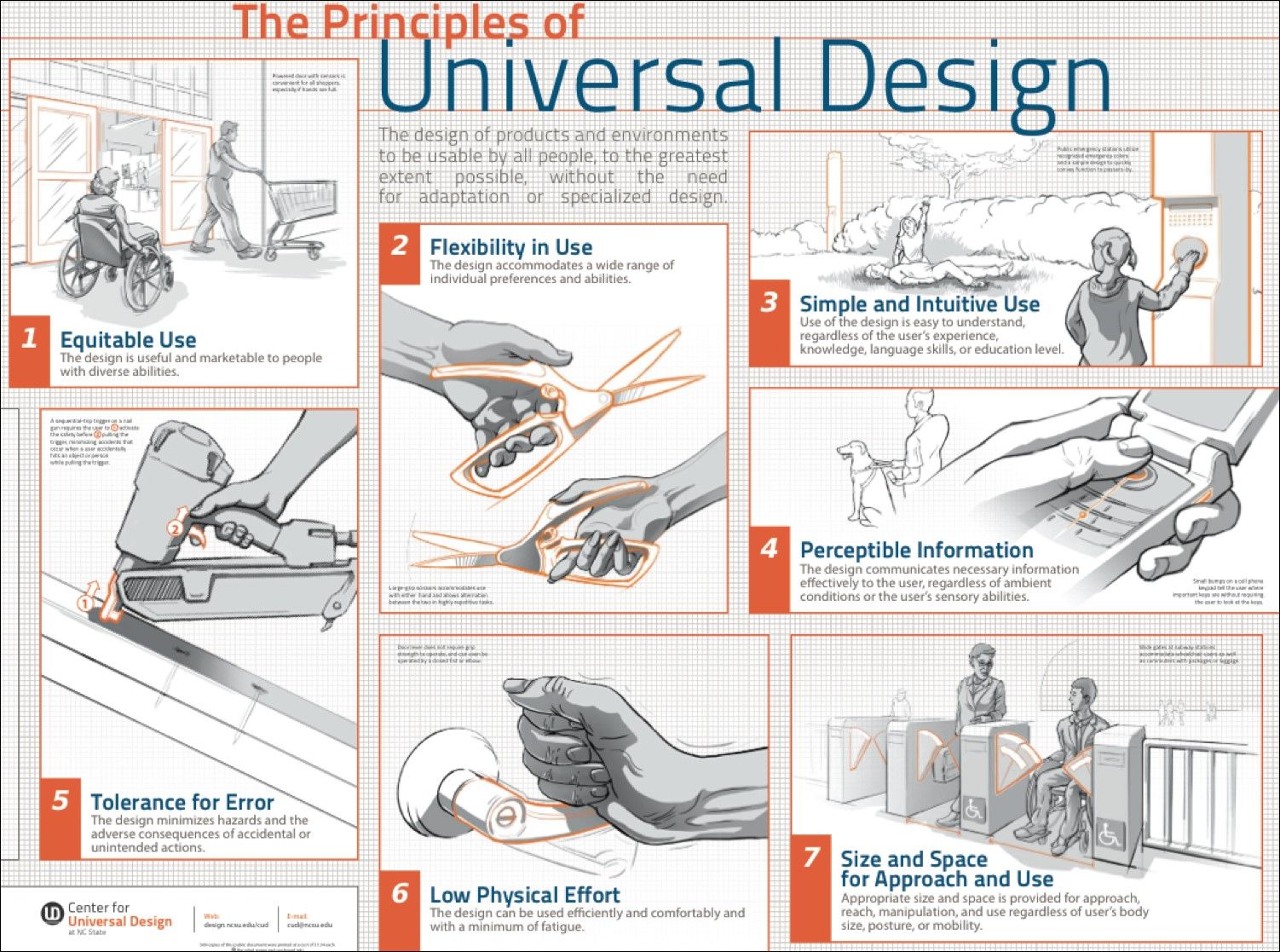




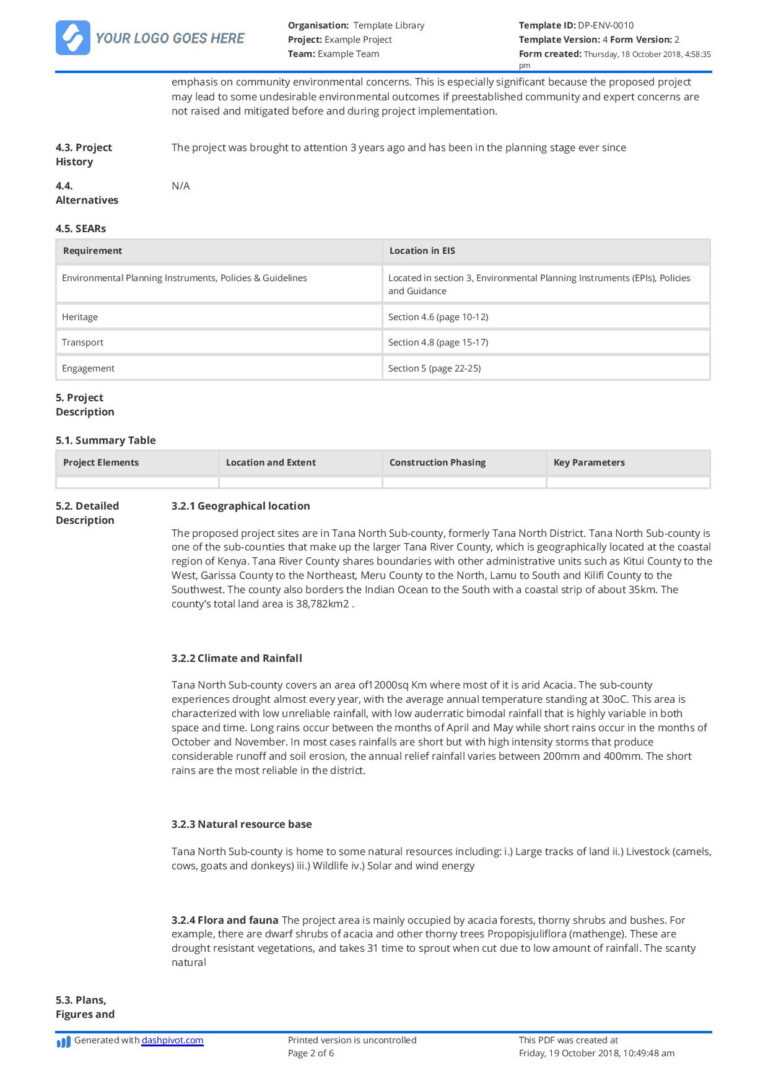













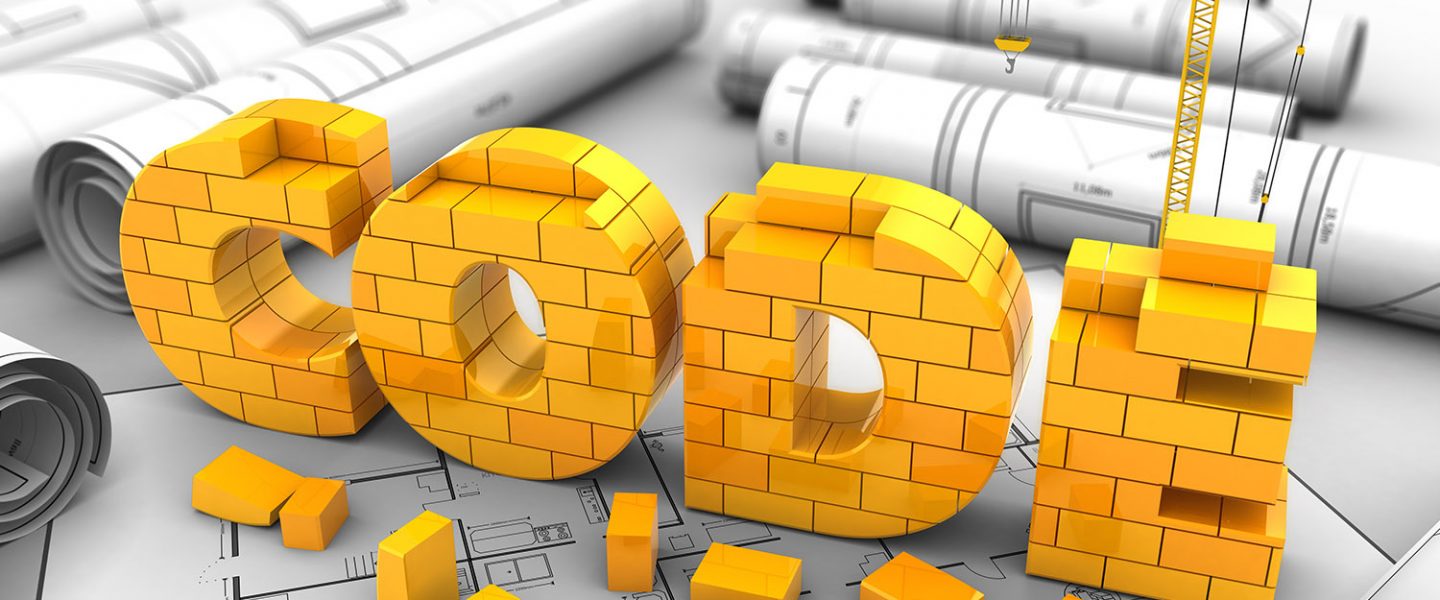
/cdn.vox-cdn.com/uploads/chorus_image/image/55992191/upcodes_building_code_regulations_reynolds_1.0.jpg)

